Small spaces can also create enormous possibilities. In many American urban homes, space is becoming increasingly compact, especially in bathrooms, where floor space is often limited. Striking a balance between functionality and aesthetics within limited spaces has become a common challenge in home renovations. In recent years, light mirrors, as innovative bathroom accessories that combine practicality and design, have become increasingly popular among designers and homeowners. Especially in small bathrooms, light mirror not only enhances brightness but also optimises the layout and user experience, becoming a smart space-saving option.
This article will delve into the multiple advantages of light mirrors in small bathrooms, from visual extension, functional integration, energy conservation and environmental protection, to market trends and user feedback, and comprehensively analyse why this modern design has become an indispensable upgrade for compact spaces.
1. What is a light mirror? Explaining its structure and function
As the name suggests, a light mirror is a mirror with a built-in light source. Familiar light sources include LED strips, backlights, and frame lights. These mirrors provide both illumination and reflective properties, and can also integrate intelligent features such as defoggers, touch controls, Bluetooth speakers, and time displays. Mainstream mirror types include:
Backlit: Soft light, suitable for mood lighting;
Edge-lit: Provides intense facial lighting, ideal for applying makeup or shaving;
Smart Mirror: Integrates high-tech features such as Bluetooth, voice assistants, and temperature display.
2. Common Challenges of Small Bathrooms
In the increasingly compact US market, particularly in urban apartments, older homes, and second or half-bathrooms (powder rooms), bathrooms typically range from 25 to 40 square feet, making it difficult to accommodate extensive bathroom fixtures or storage. Here are some typical challenges:
Inadequate Lighting: Windowless or limited natural light areas often result in dark spaces.
Crowded Space: Traditional mirror cabinets, lamps, and wall sconces take up additional wall space.
Ventilation and Demisting Issues: Mirrors become hazy after showering, which affects their usability.
Dispersed Functionality: Traditional lighting, mirrors, and defoggers require separate installations, consuming resources.
Single Aesthetic: Visual compression and a lack of design highlights.
3. Why are illuminated mirrors ideal for small bathrooms?
1) Space-Saving Design
Illuminated mirrors combine lighting and mirroring functions, eliminating the need for separate wall sconces, ceiling lights, or mirror-mounted lights, significantly reducing wall space usage. In extremely compact bathrooms, a single illuminated mirror can fulfil multiple purposes—visual reflection, precise lighting, demisting, and intelligent control—significantly simplifying the layout.
Case Study: In a Brooklyn, New York, bathroom renovation of a less than 30-square-foot apartment, simply replacing the existing mirror cabinet with a bright mirror with embedded LEDs freed up a full 18 inches of wall space, creating space for towel racks and wall-mounted storage boxes.
2) Enhanced Sense of Space and Lighting
Illuminated mirrors are particularly suitable for spaces without windows or limited natural light. The dual effects of mirror reflection and LED light effectively increase the sense of brightness and depth, making an otherwise cramped bathroom appear more spacious and bright.
3) Clean and Elegant Aesthetics, Enhanced Style
Modern illuminated mirrors feature an ultra-thin structure and a frameless design, enhancing the overall look and creating a simple, contemporary style. For consumers pursuing minimalist or Nordic styling, this mirror is more than just a lighting tool; it's an aesthetic expression.
4) Integrated Intelligent Functions Improve Daily Efficiency
Ø Automatic defog technology ensures clear reflections after showering.
Ø One-touch dimming and colour temperature adjustment (cold/warm) to meet the needs of different scenarios;
Ø Touch panel operation allows for precise control of time, audio playback, and lighting modes.
Ø Built-in Bluetooth speakers make bathing while listening to music a new normal.
Ø This highly integrated device eliminates the need to install multiple separate devices, significantly improving space efficiency.
5)Excellent Energy Efficiency, Conforming to Environmental Trends
LED lights consume far less power than traditional bulbs and have a lifespan of tens of thousands of hours. Furthermore, most products feature timed off and energy-saving modes, meeting the energy efficiency standards of LEED green building certification and are popular among environmentally conscious North American users.

4. Consumer Trends and Market Data
According to the 2024 North American Smart Home Market Report, the annual growth rate of illuminated mirrors in bathroom decoration products will reach 17.8%, far exceeding that of traditional mirror cabinets and standalone lamps.
Statistics show that over 64% of users undertaking small bathroom renovations choose to install light mirrors, with this trend particularly rapidly increasing in apartments and rental properties.
Furthermore, on e-commerce platforms like Amazon and Home Depot, light mirrors generally receive high user reviews, with keywords like "space-saving," "brighter," and "convenient and practical" appearing frequently, reflecting their genuine reputation.
5. Actual Use Cases
² Scenario 1: Elderly Bathroom Upgrade Project
At a retirement community in Los Angeles, California, designers replaced traditional bathroom mirrors with LED mirrors featuring touch and magnification functions, and installed low-profile fixtures. This improved nighttime washing and grooming for those with limited vision while also eliminating the potential electrical safety hazards associated with additional lighting.
² Scenario 2: Short-Term Rental Apartment Renovation
In an Airbnb project in Miami, developers chose backlit mirrors as the sole source of lighting, replacing the leading light. This not only enhanced the visual aesthetic but also reduced renovation costs. Visitor reviews consistently cited the bathroom lighting as "modern and atmospheric," contributing significantly to positive ratings and occupancy rates.
6. Buying Tips: How to Choose the Right light Mirror for a Small Bathroom?
² Key Considerations:
² Size: Optimise the mirror width slightly smaller than the sink to avoid visual compression.
² Light Source Type: Backlighting is suitable for creating ambience, while edge lighting is more suitable for functional lighting.
² Defog Function: Highly recommended for use in humid areas.
² Colour Temperature Adjustability: Optimises adaptability to varying usage periods.
² Waterproof Rating: IP44 or above to ensure longevity.
² Mounting Method: Whether it can be wall-mounted or recessed, and whether the wiring is concealed.
² Brand and Warranty: Choose a reputable manufacturer for worry-free after-sales service.
7. Conclusion: Saving Space Isn't a Compromise, It's an Upgrade.
As bathroom space continues to shrink, efficiently integrating functions and enhancing the user experience are paramount design goals. light mirrors are a product that blends aesthetics and practicality. They not only meet basic lighting and visual reflection needs, but also enhance occupants' well-being and sense of efficiency through intelligent features.
For those who are considering renovating a small bathroom, improving the rental experience, or creating a safe bathroom space for their parents, a light mirror is undoubtedly a cost-effective, low-space, and design-oriented upgrade option.
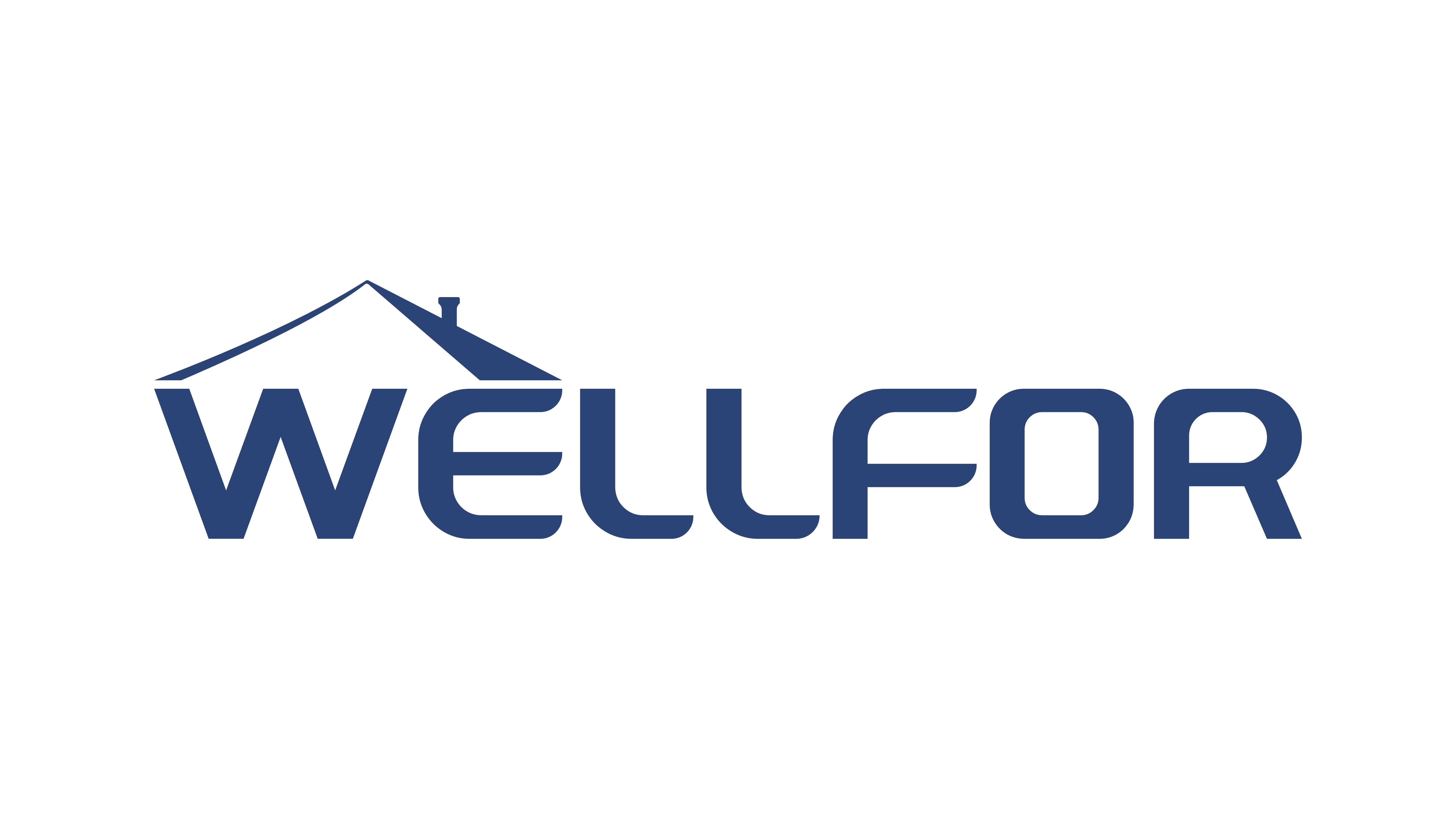
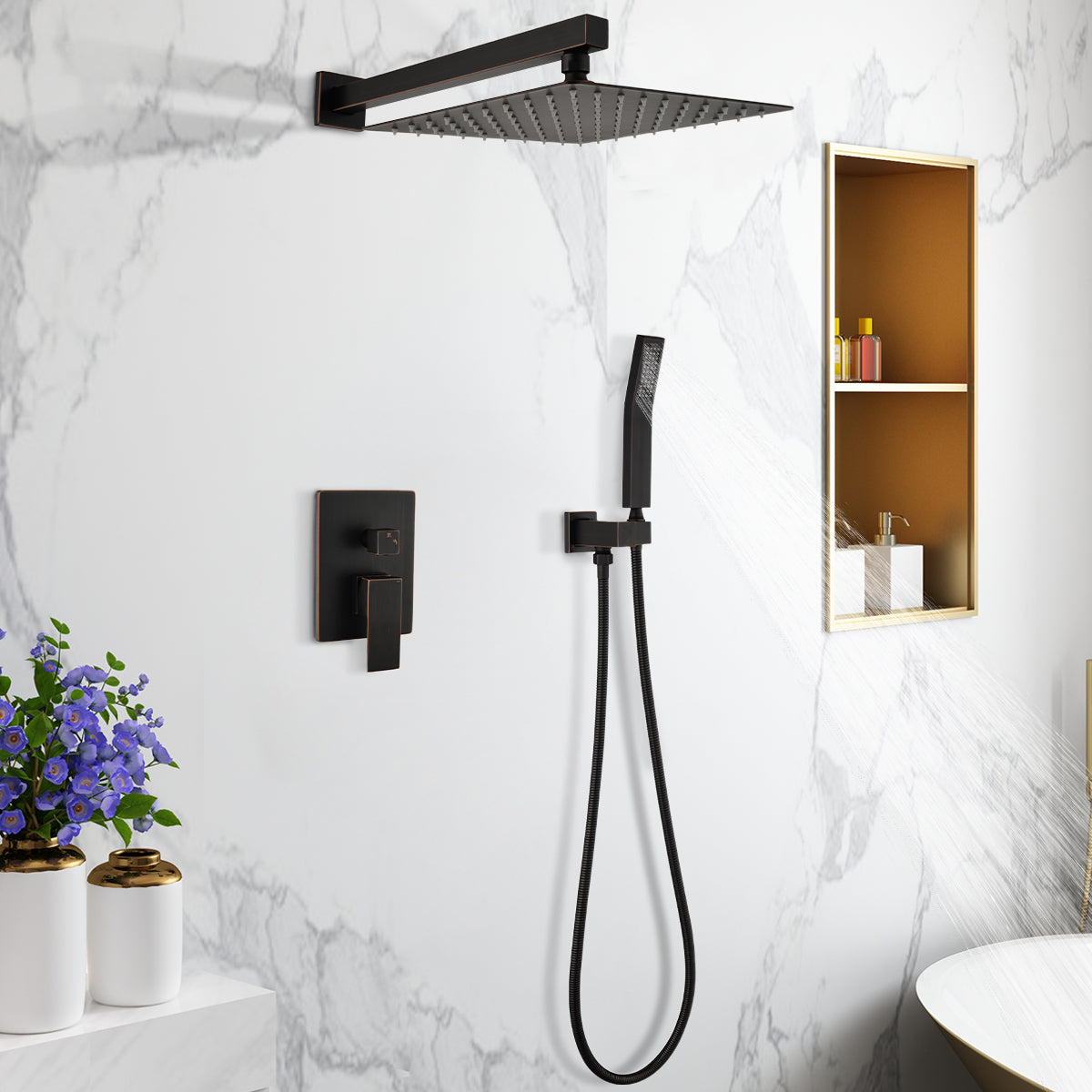
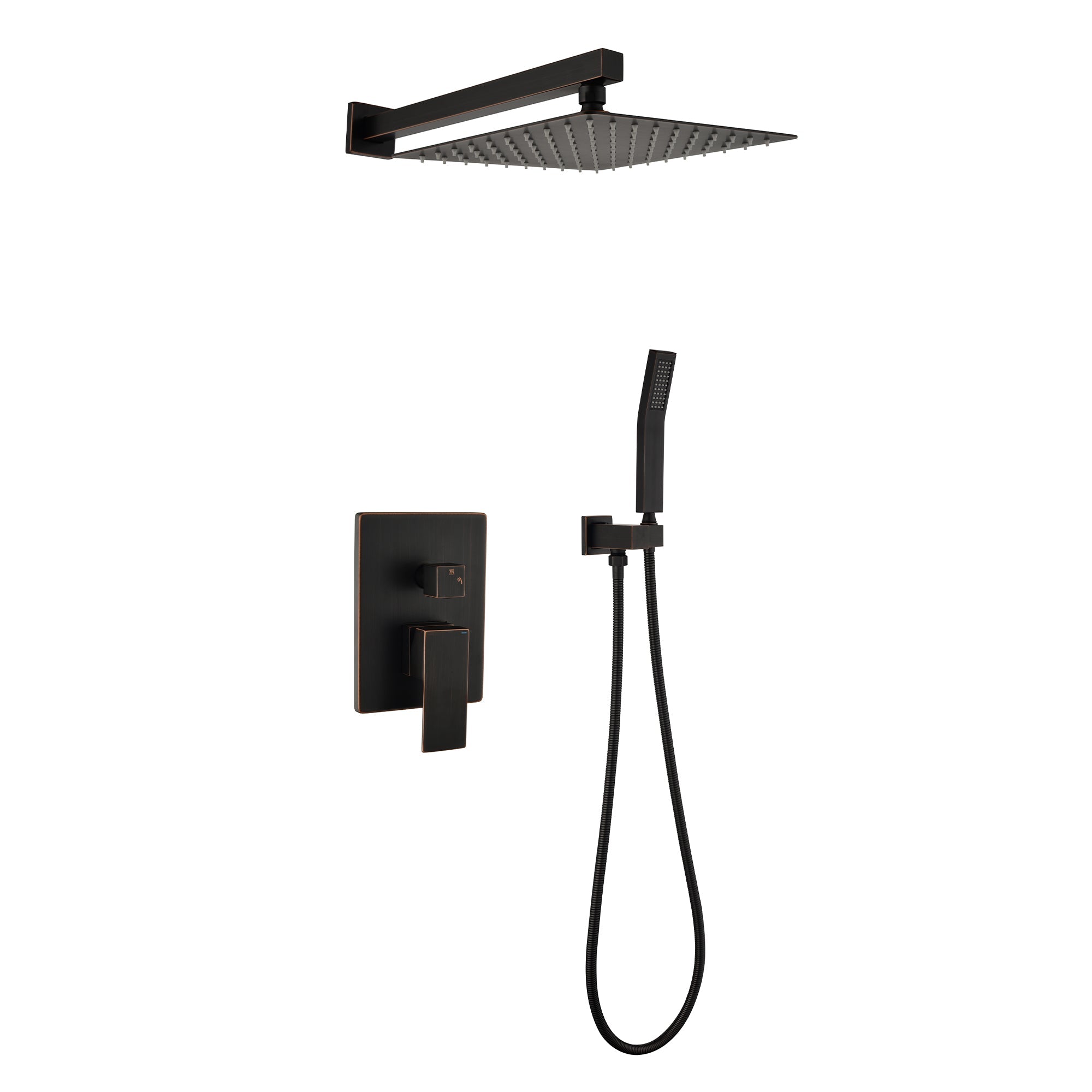


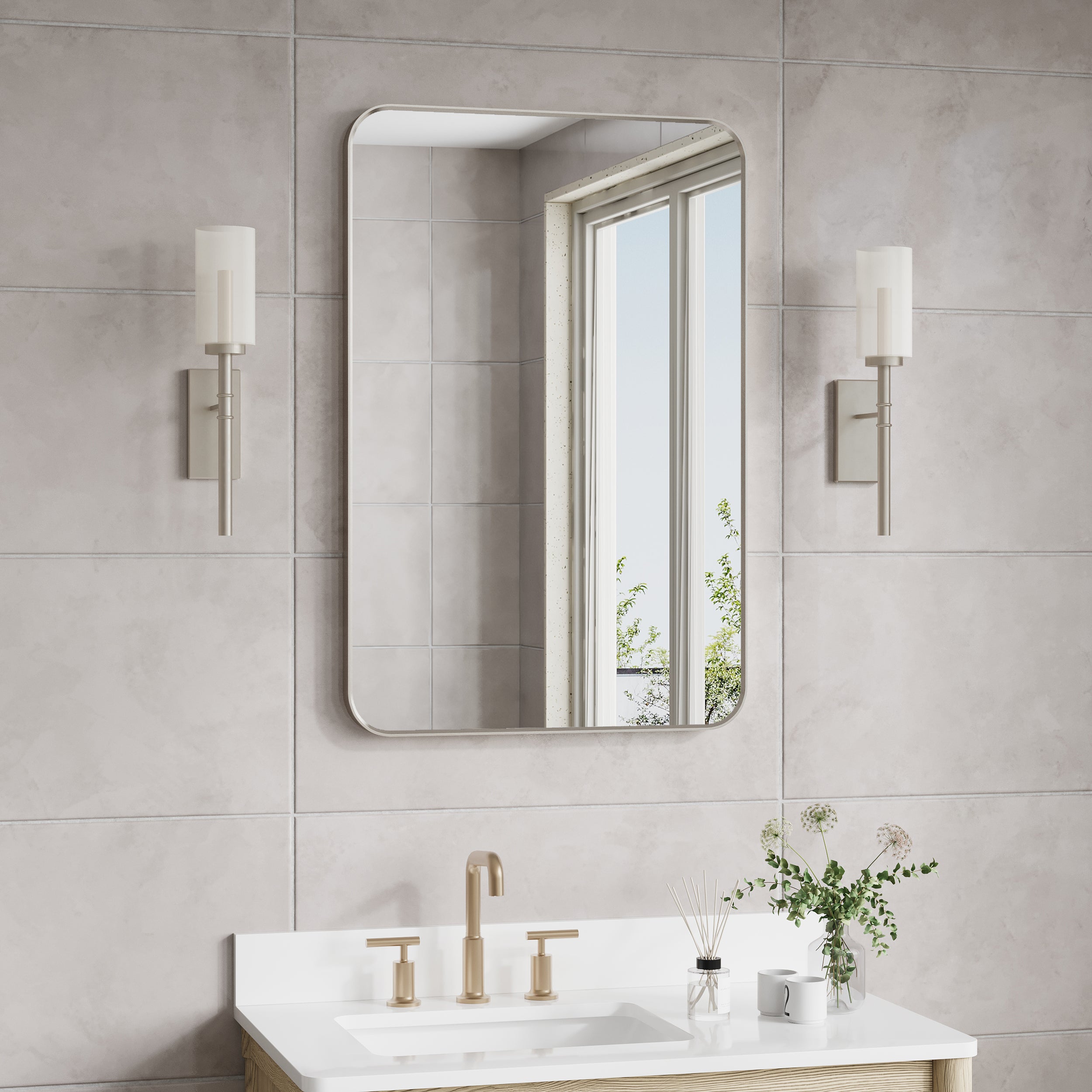
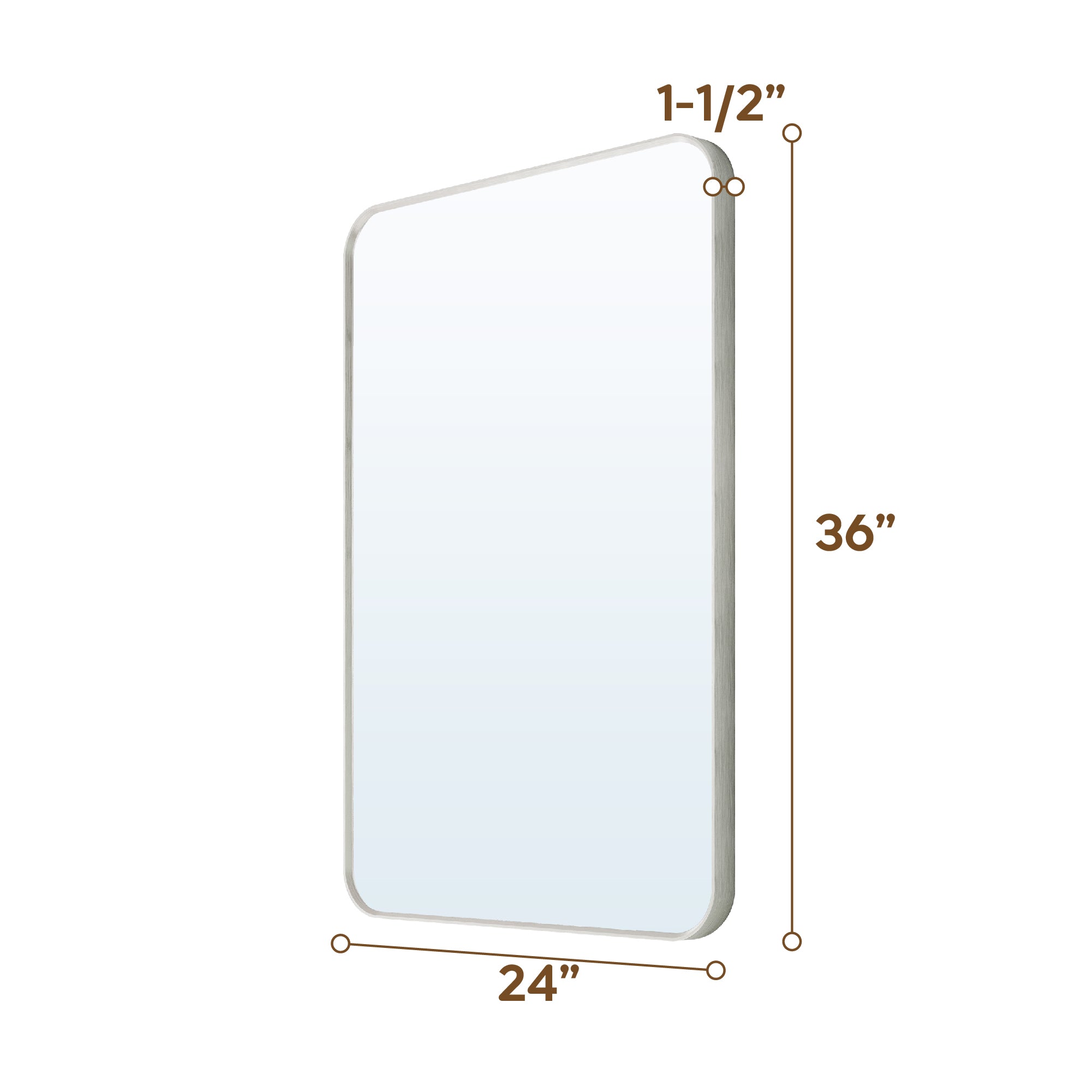

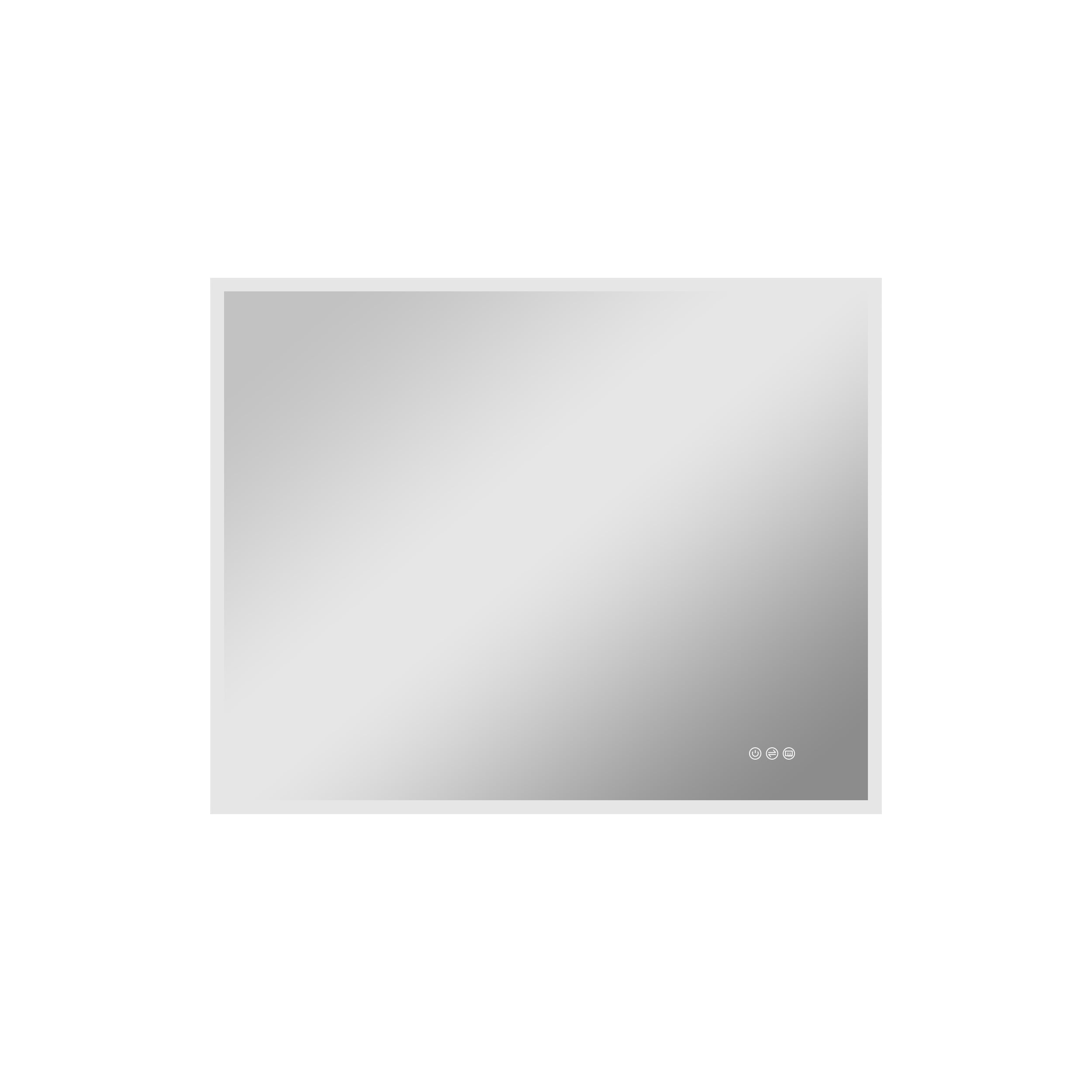


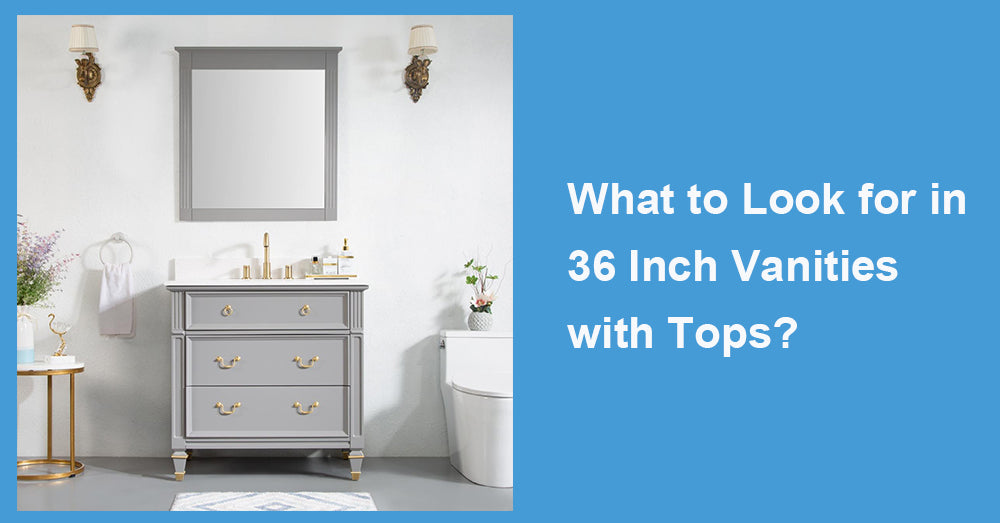
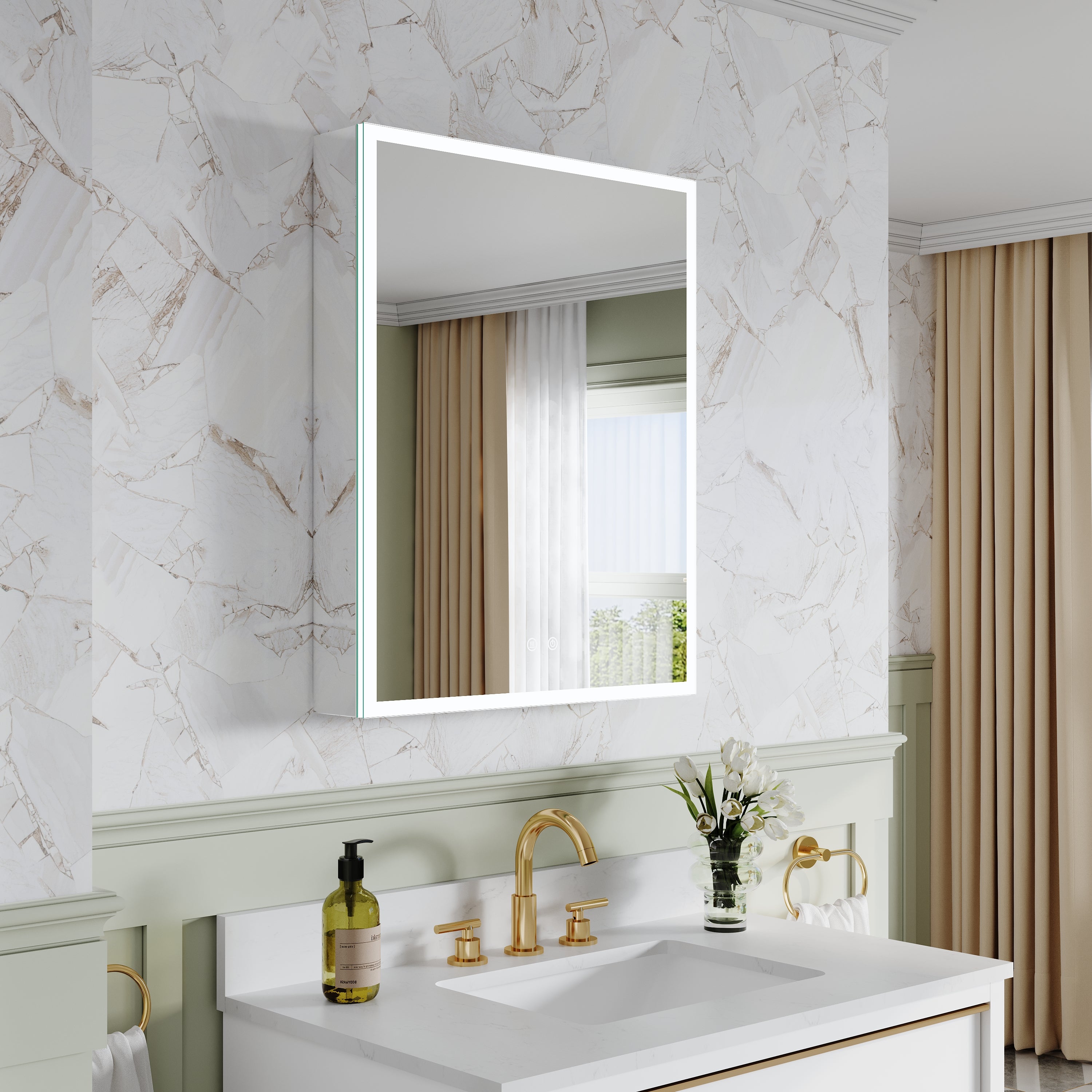
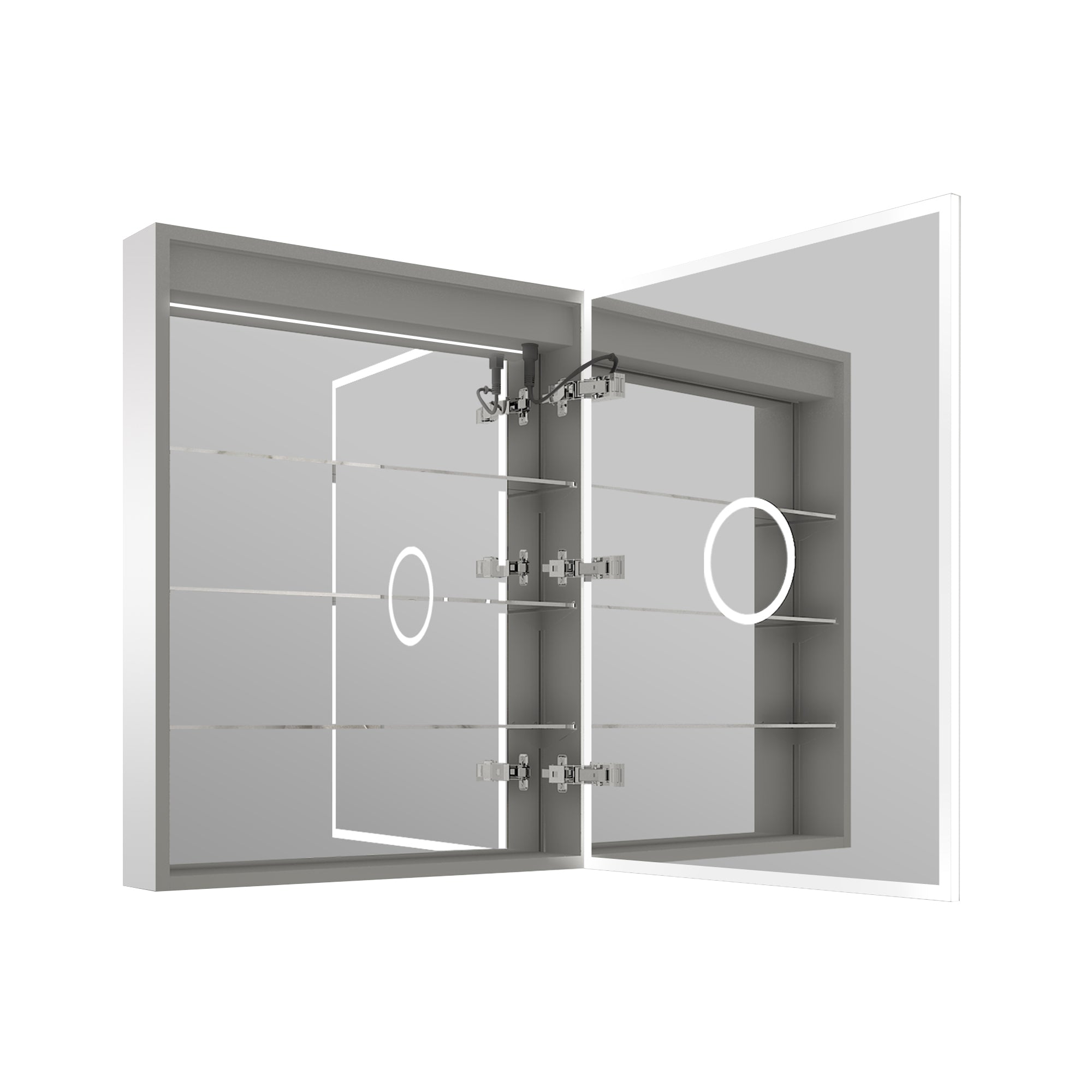
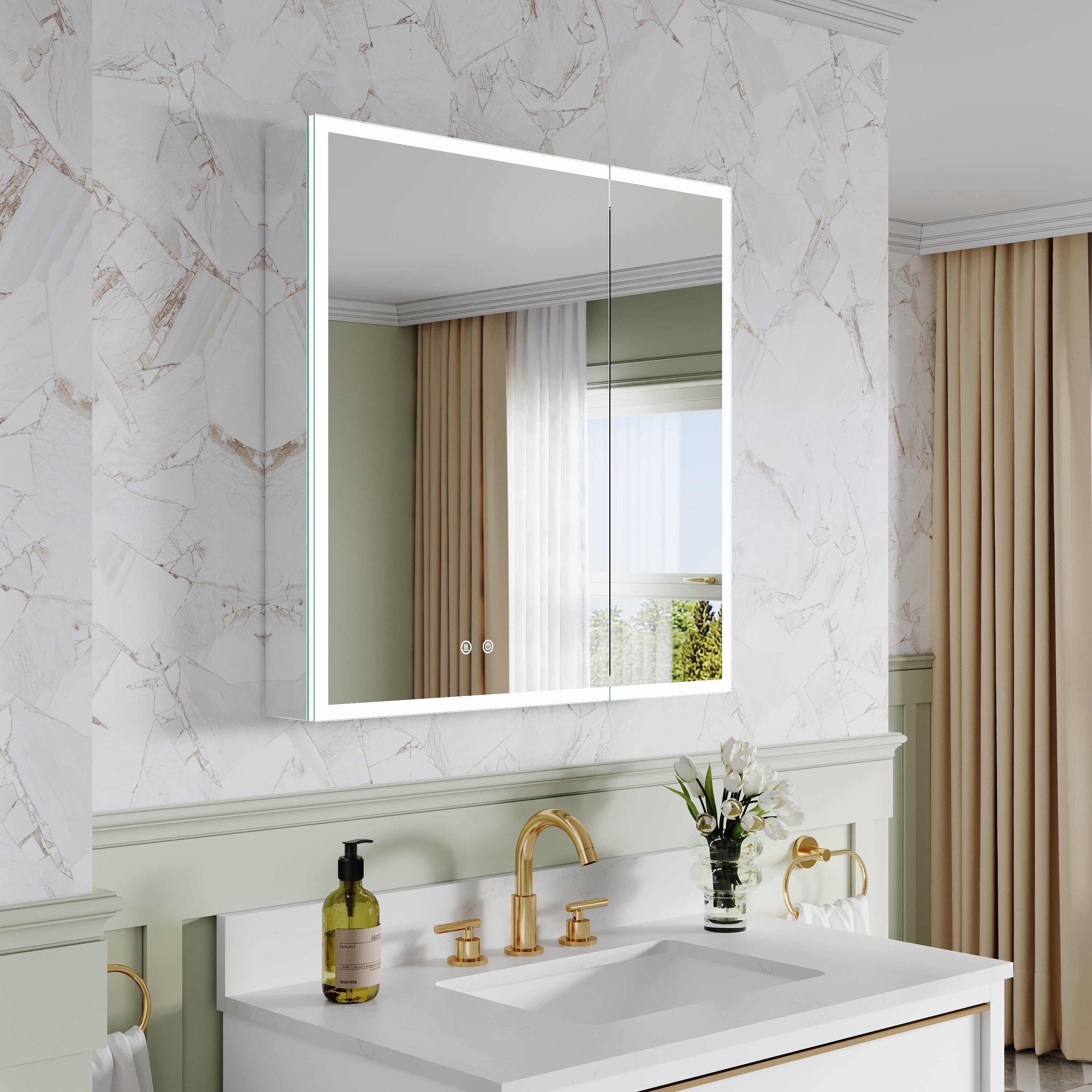
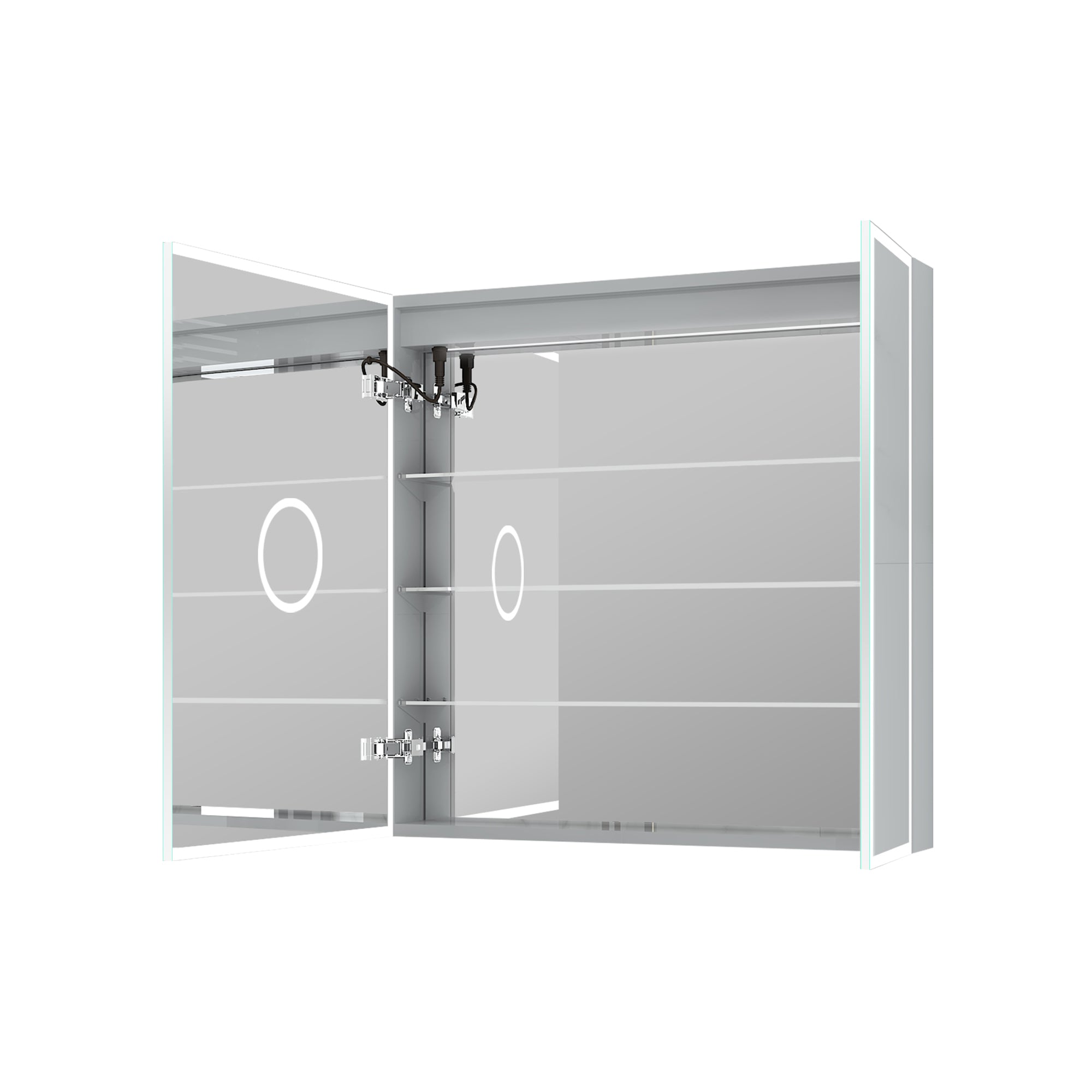
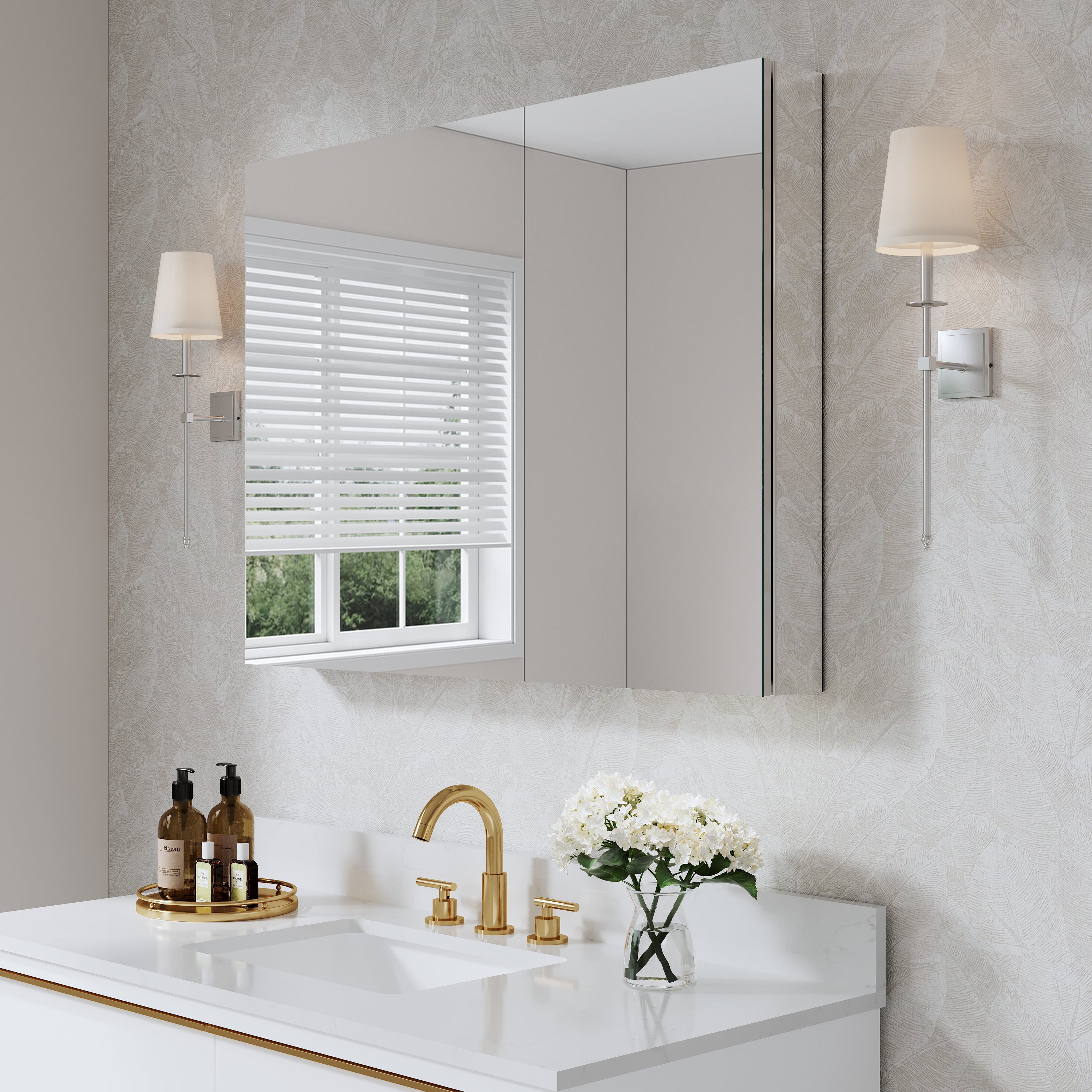

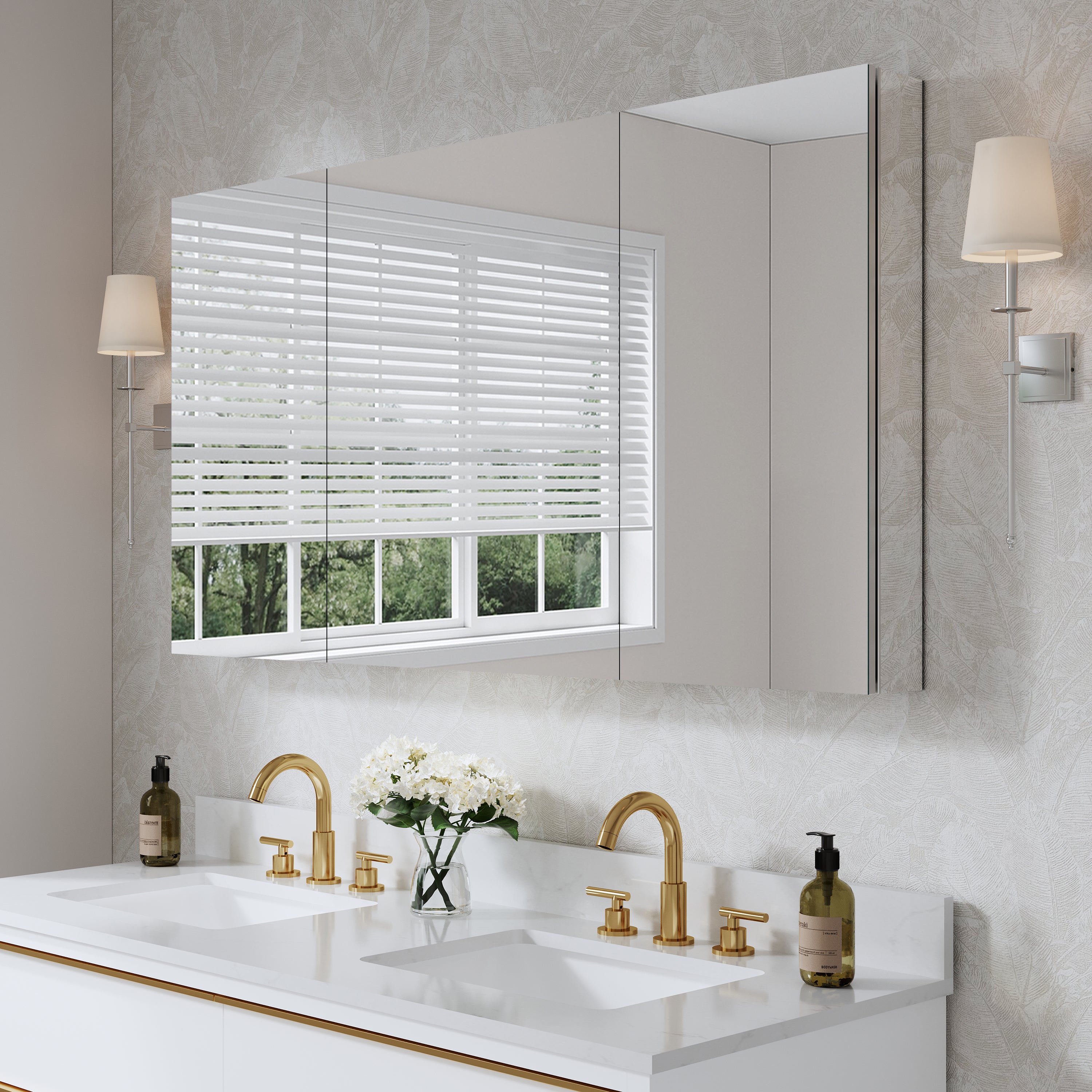

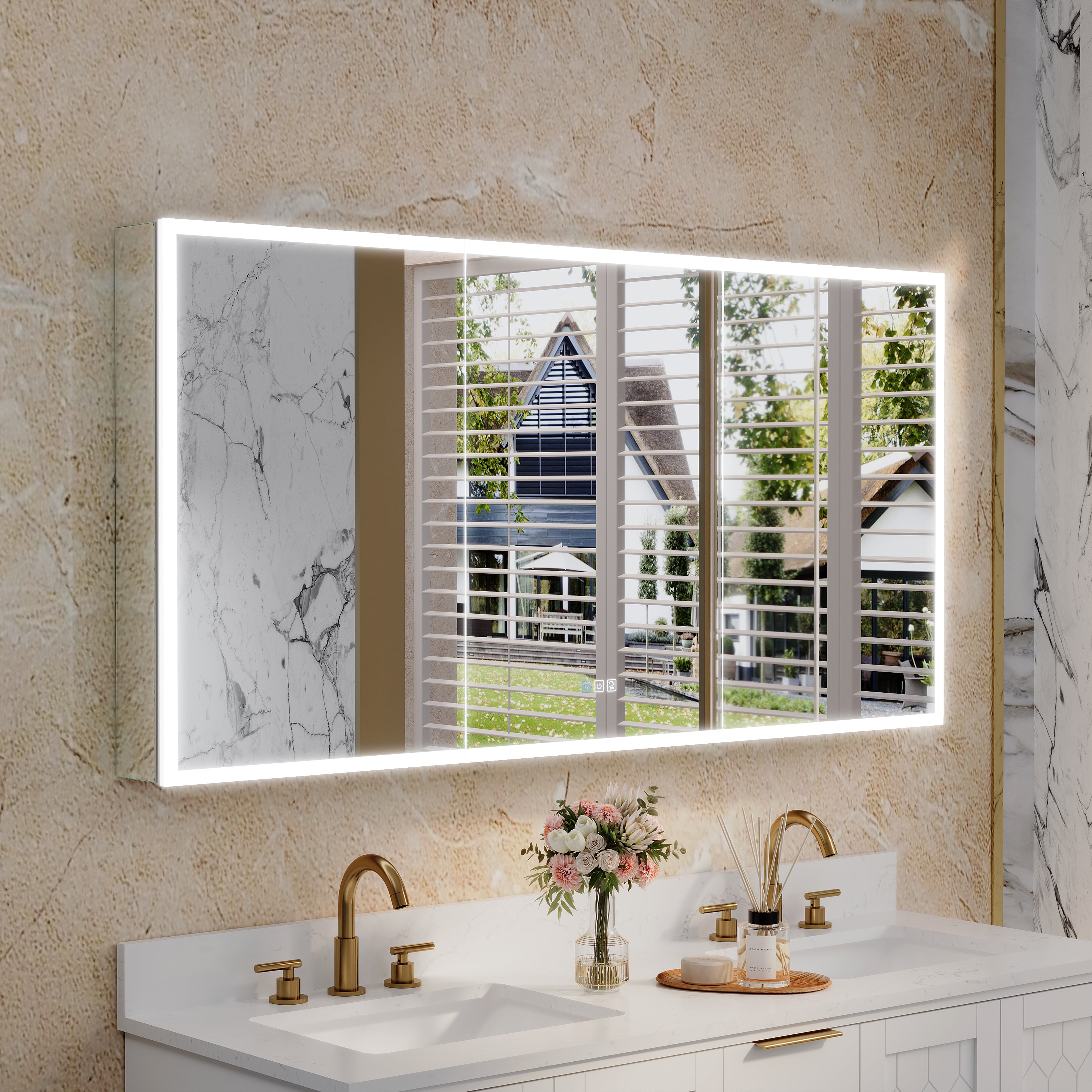

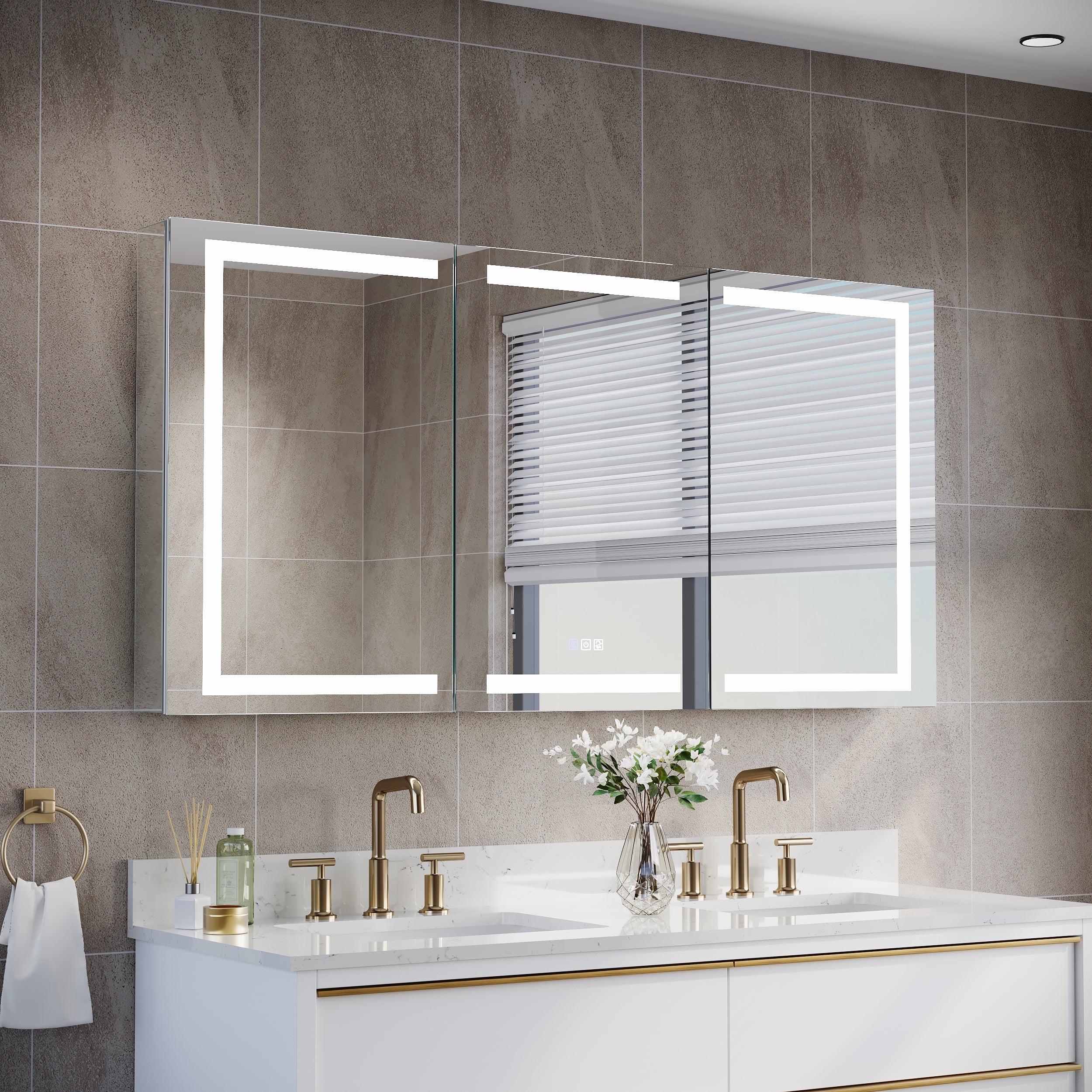


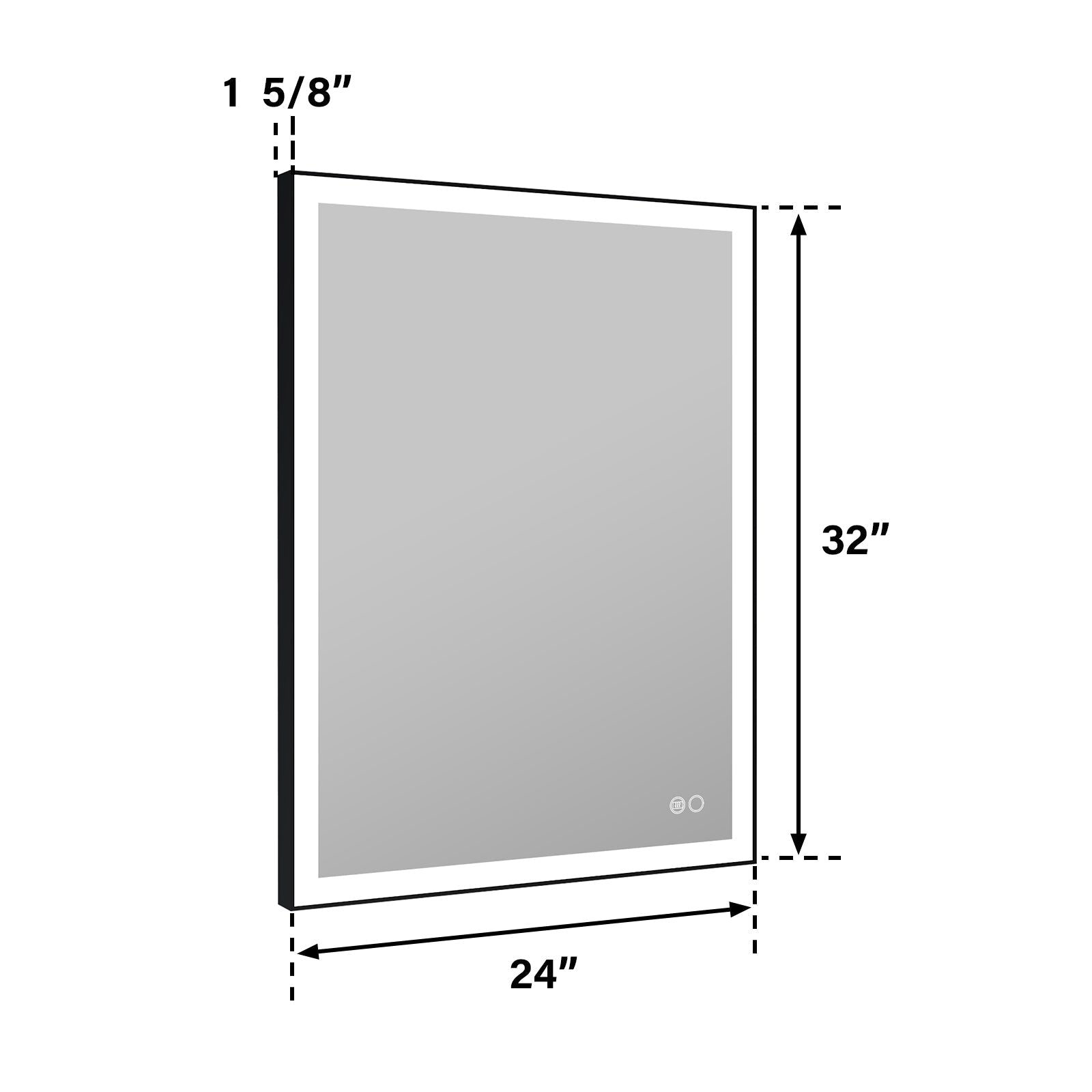
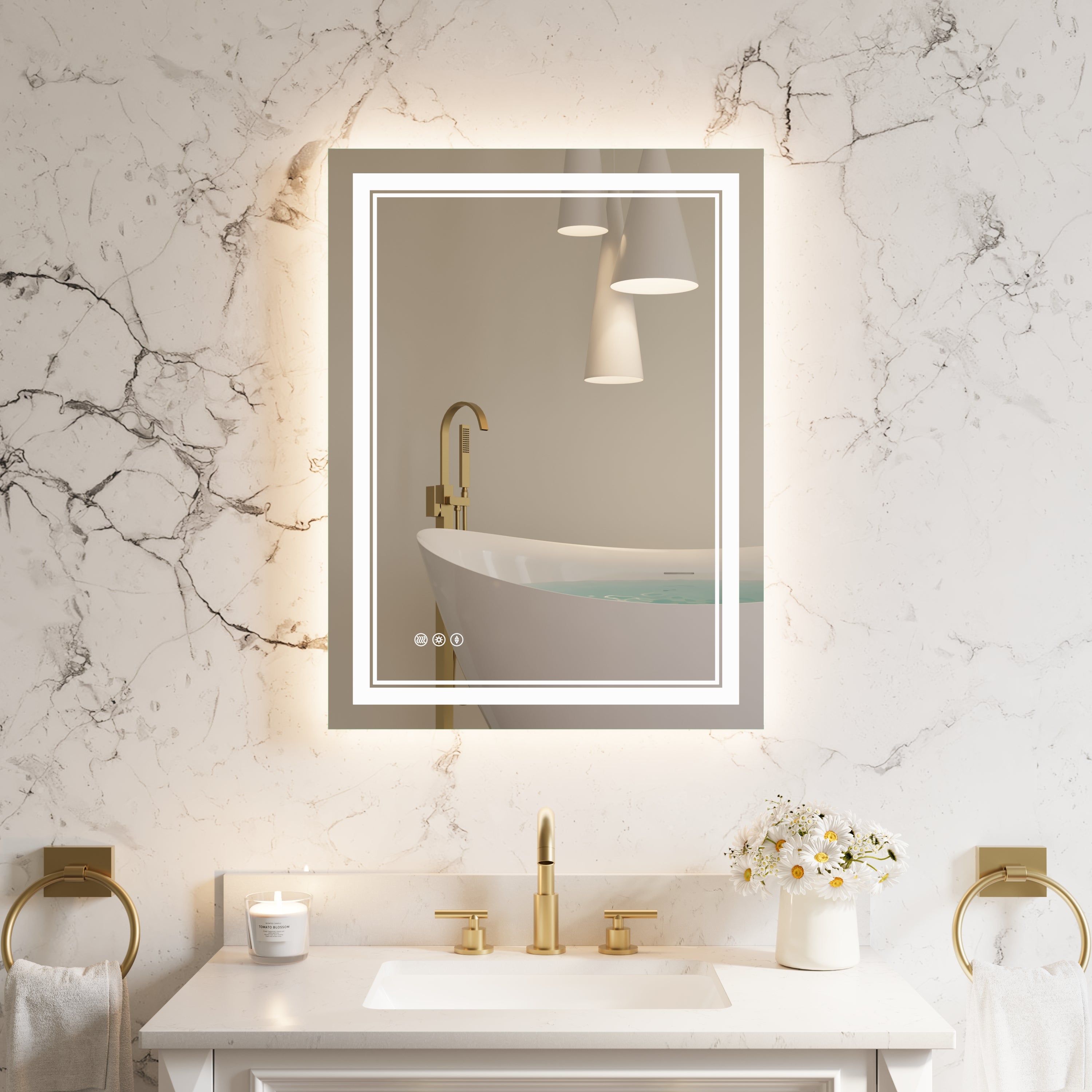
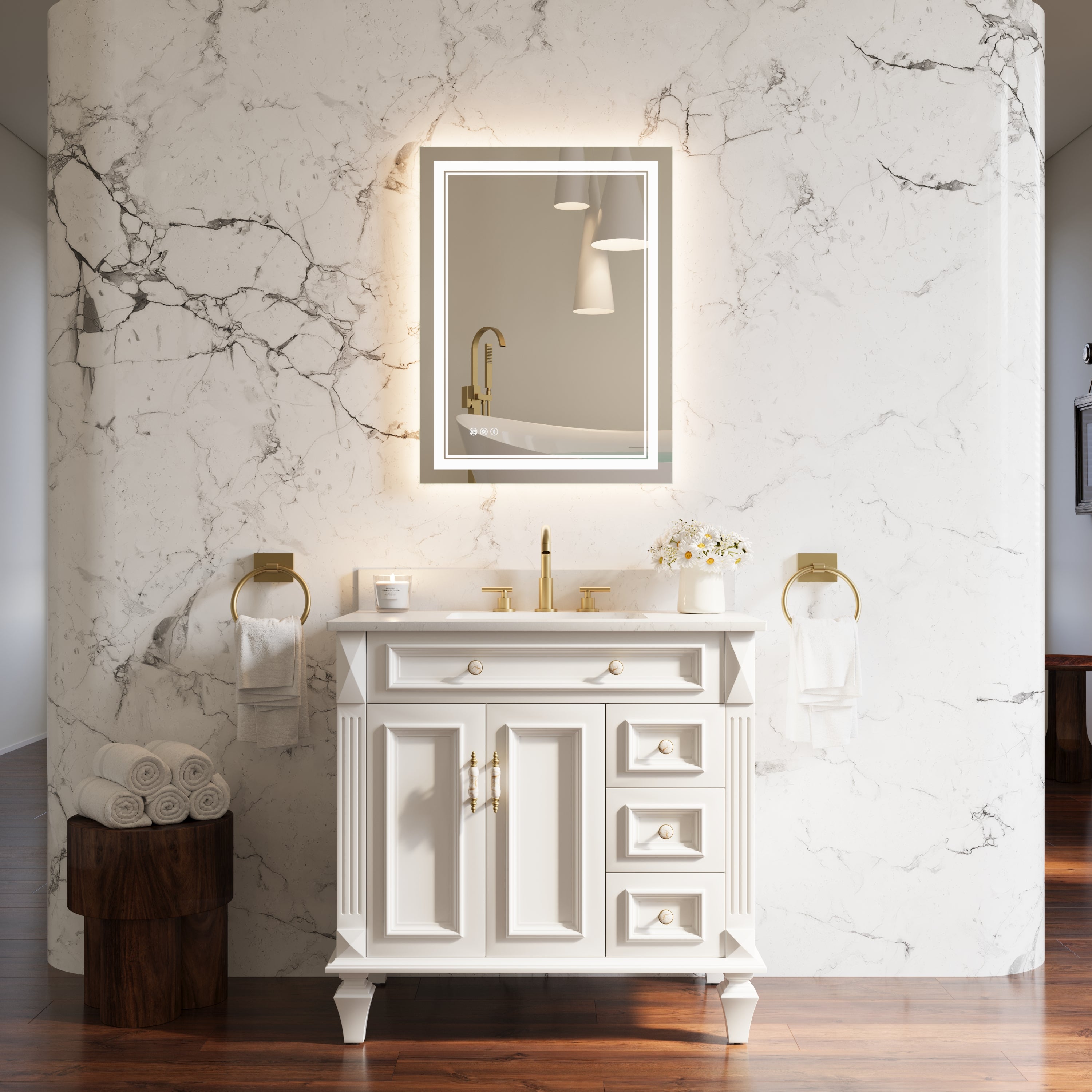
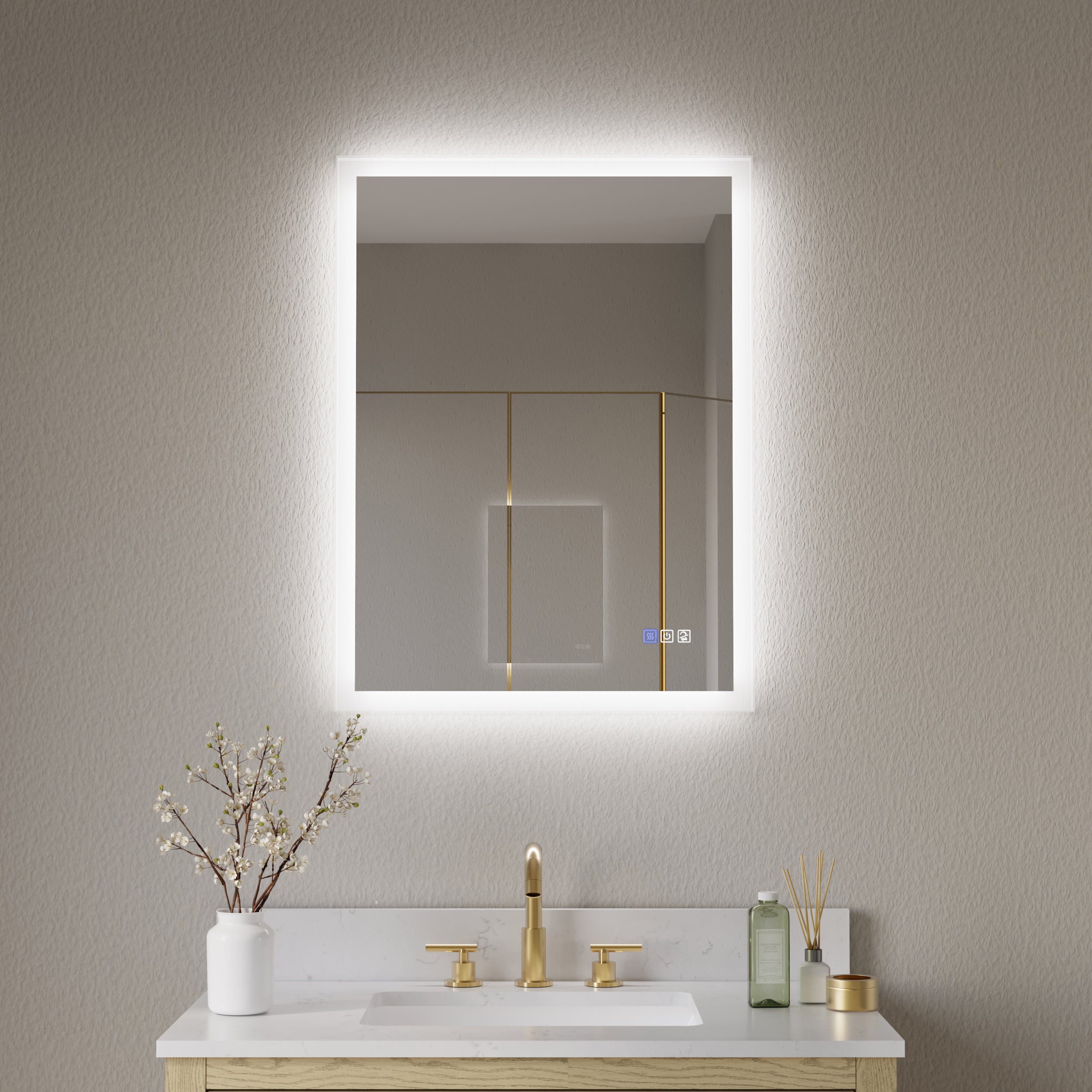

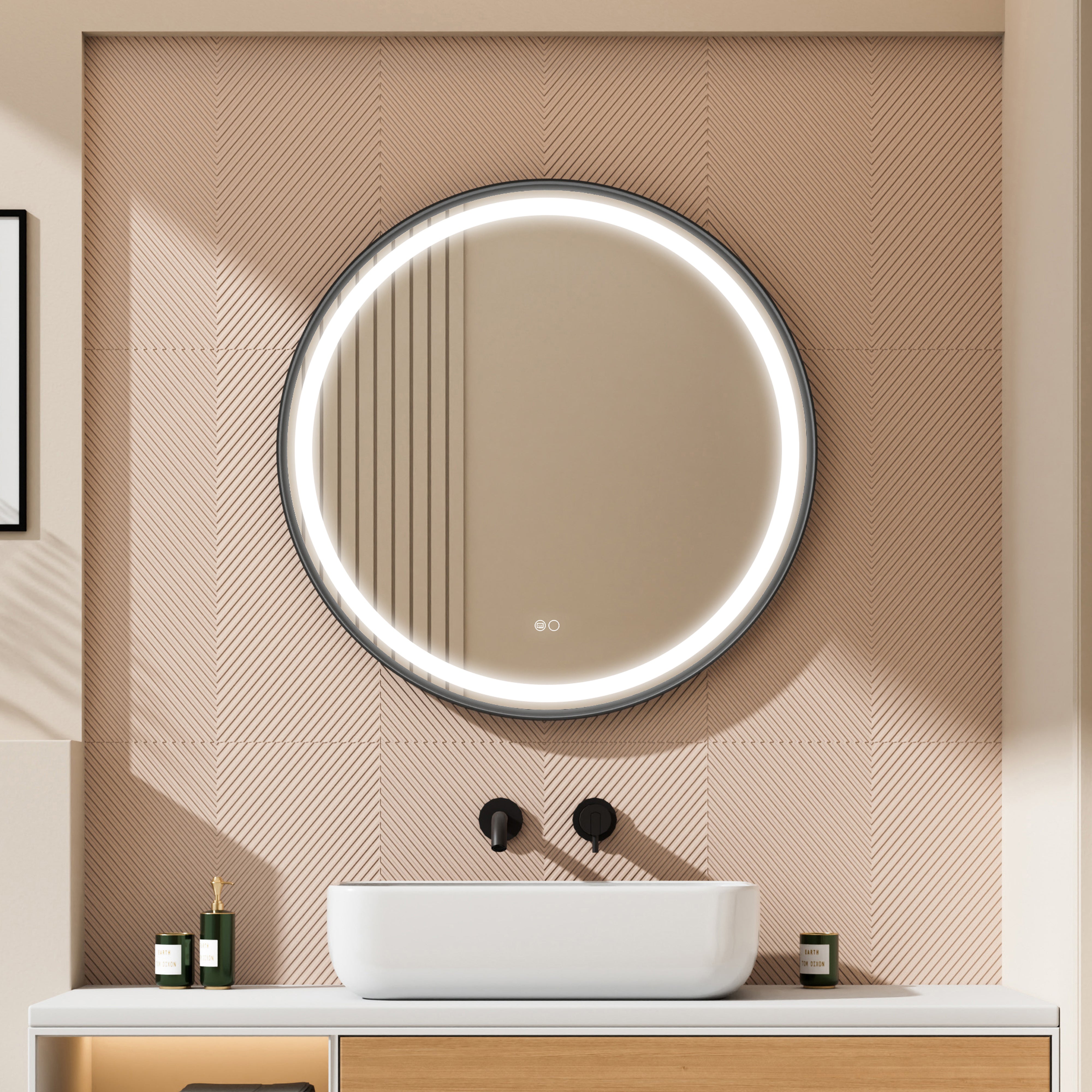
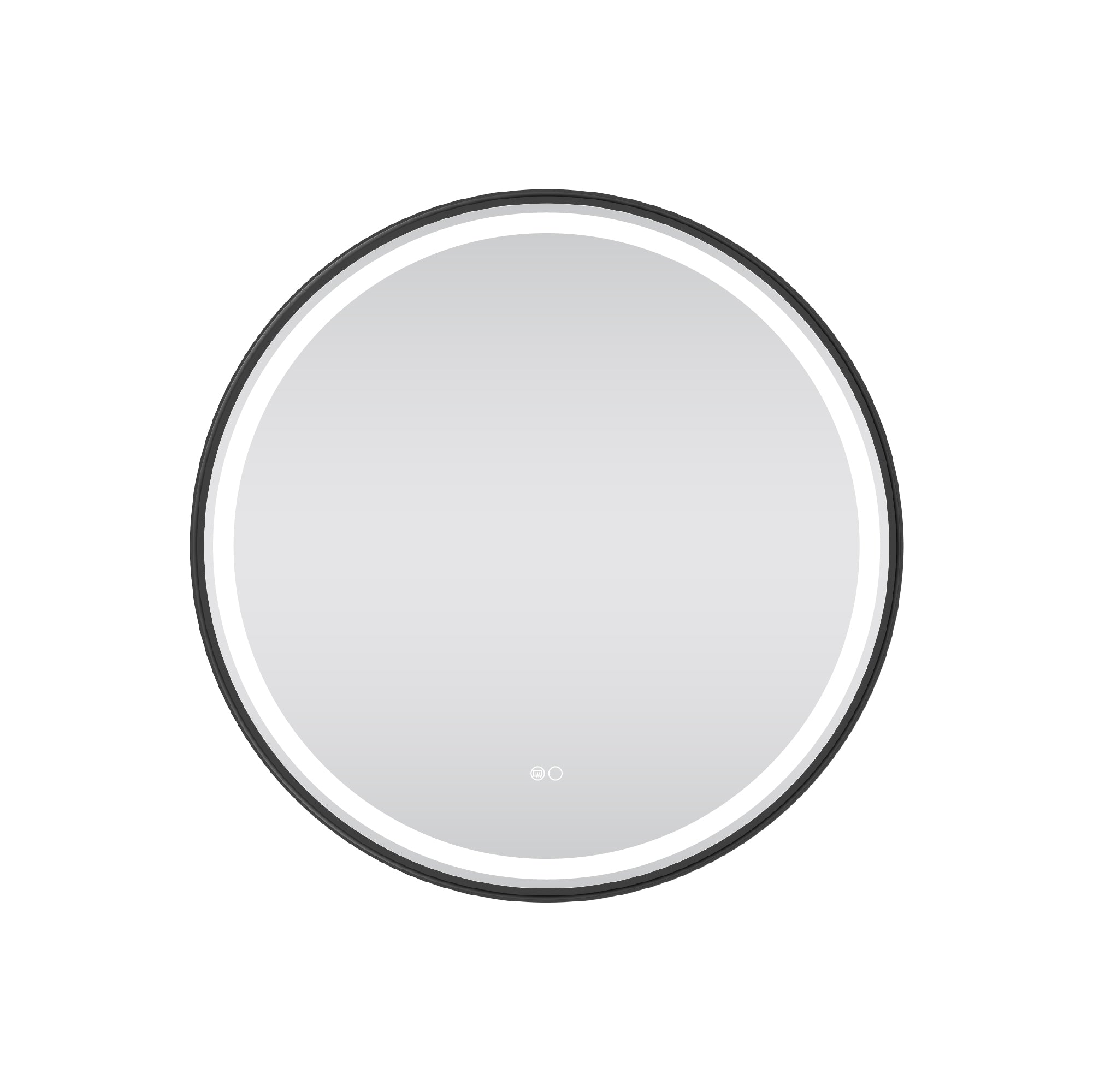


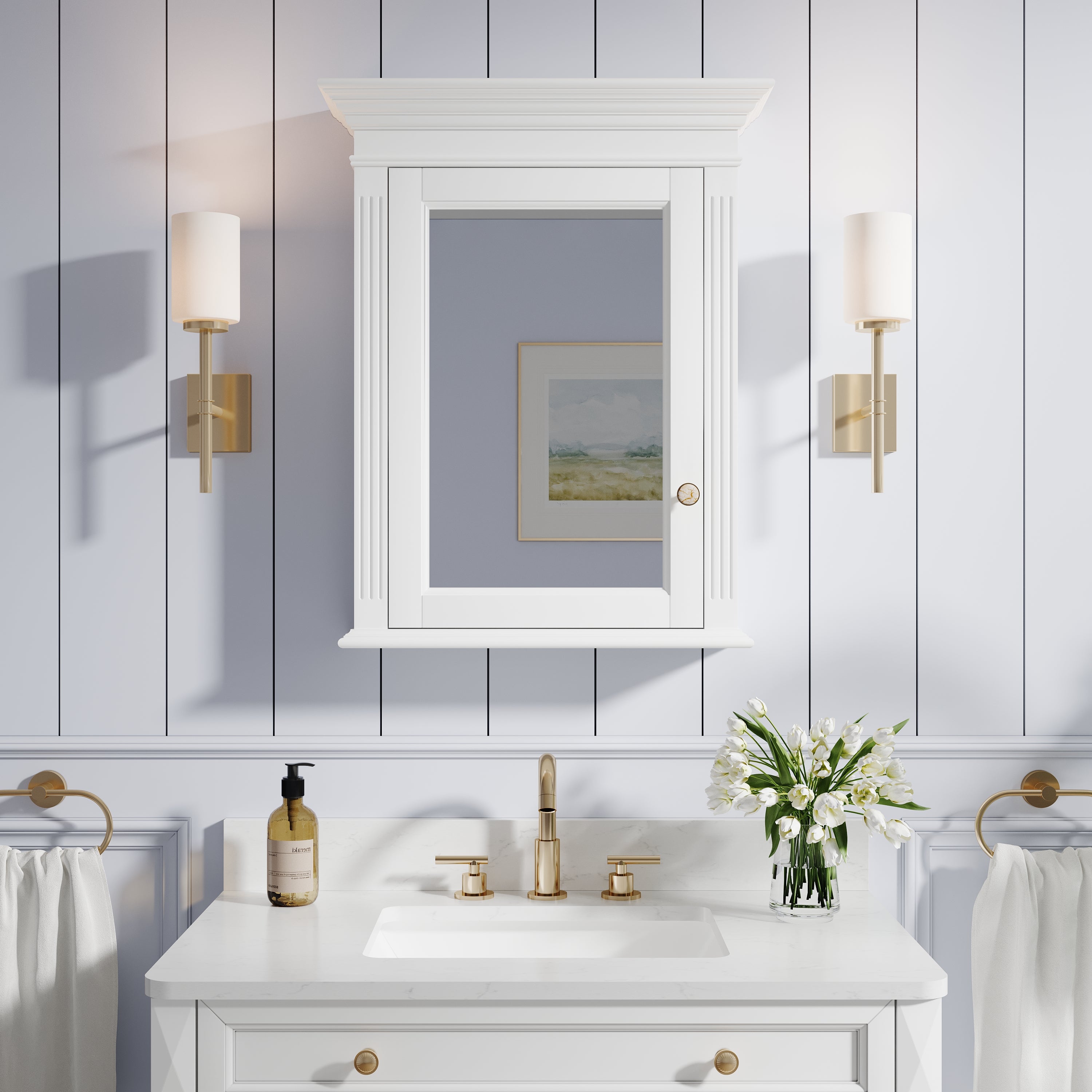
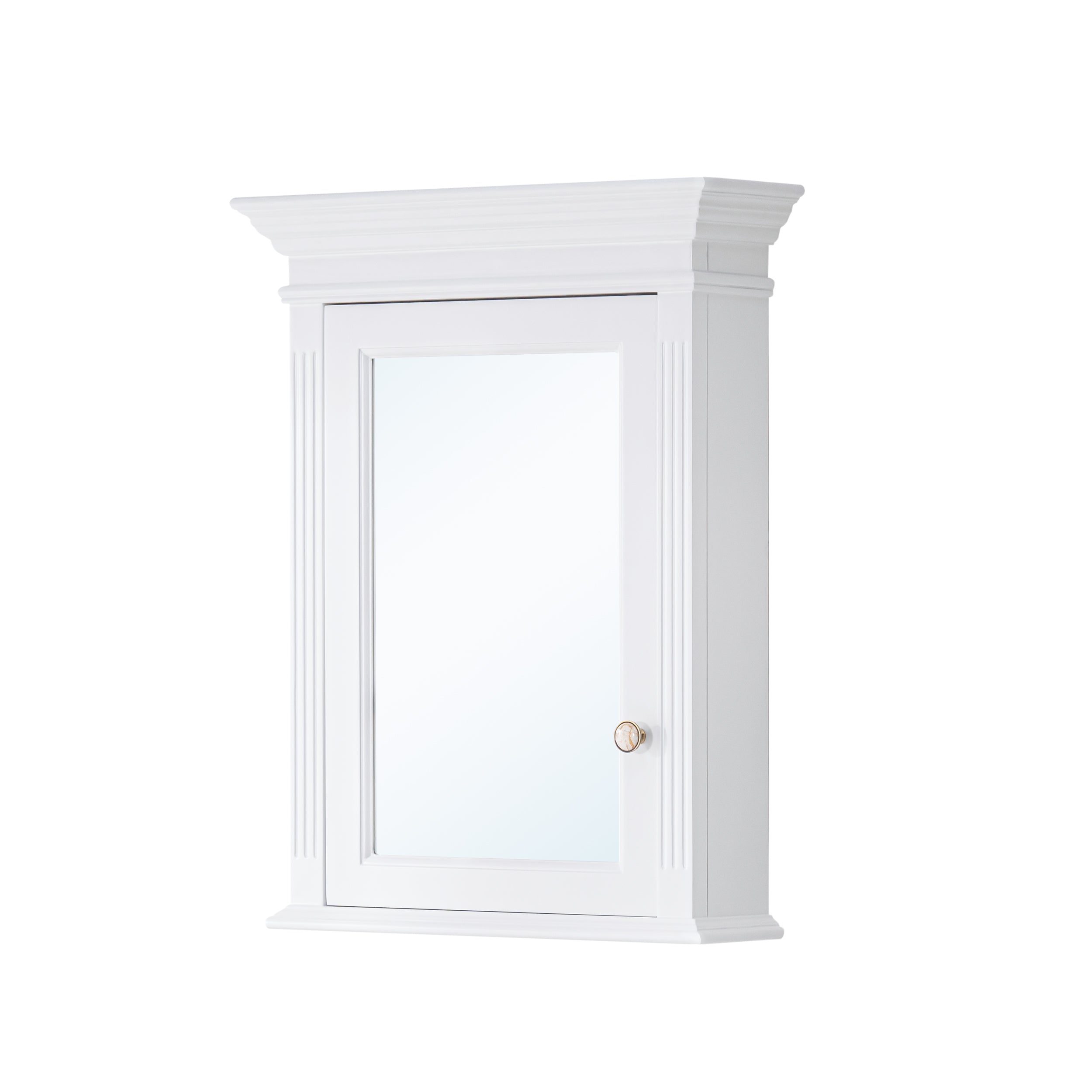
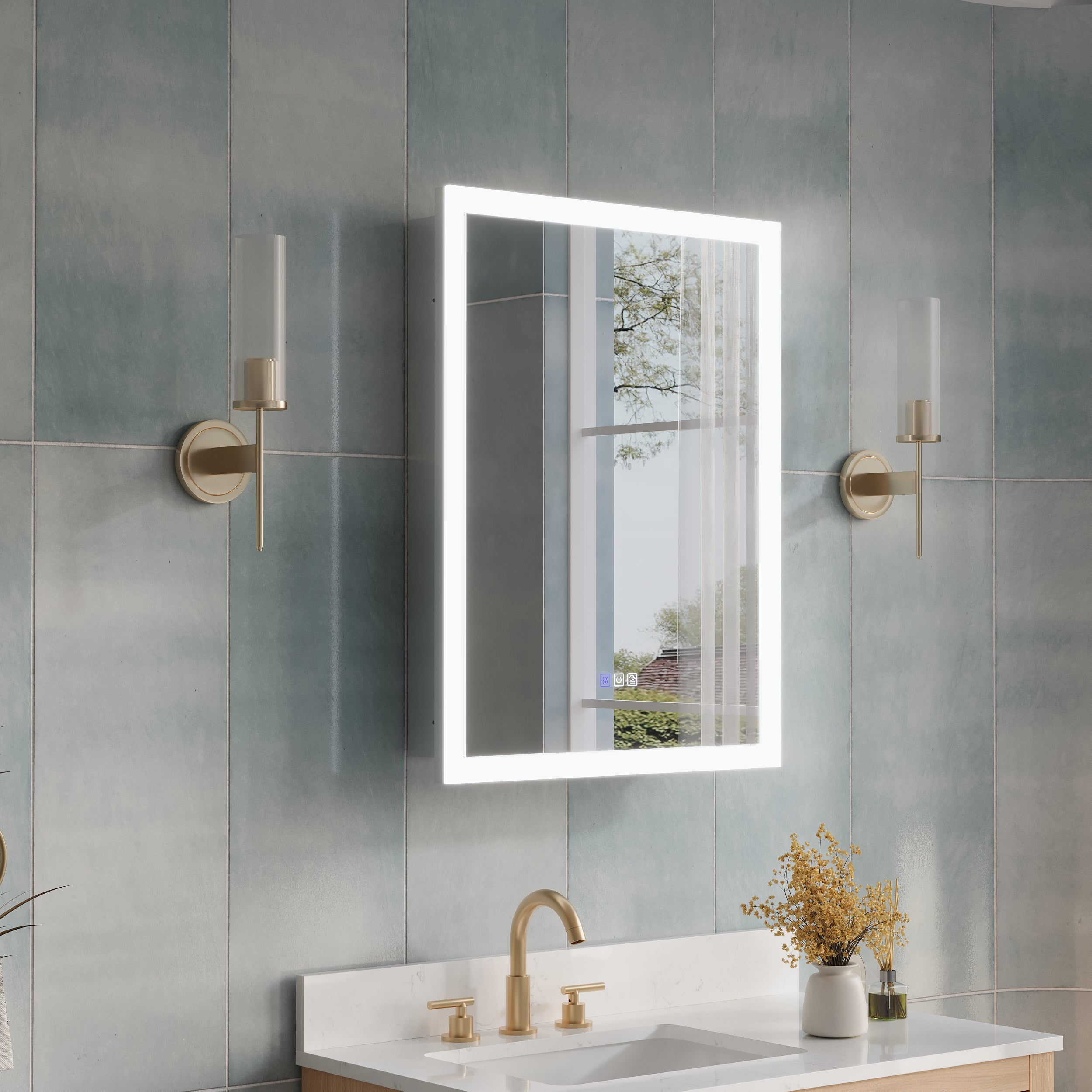
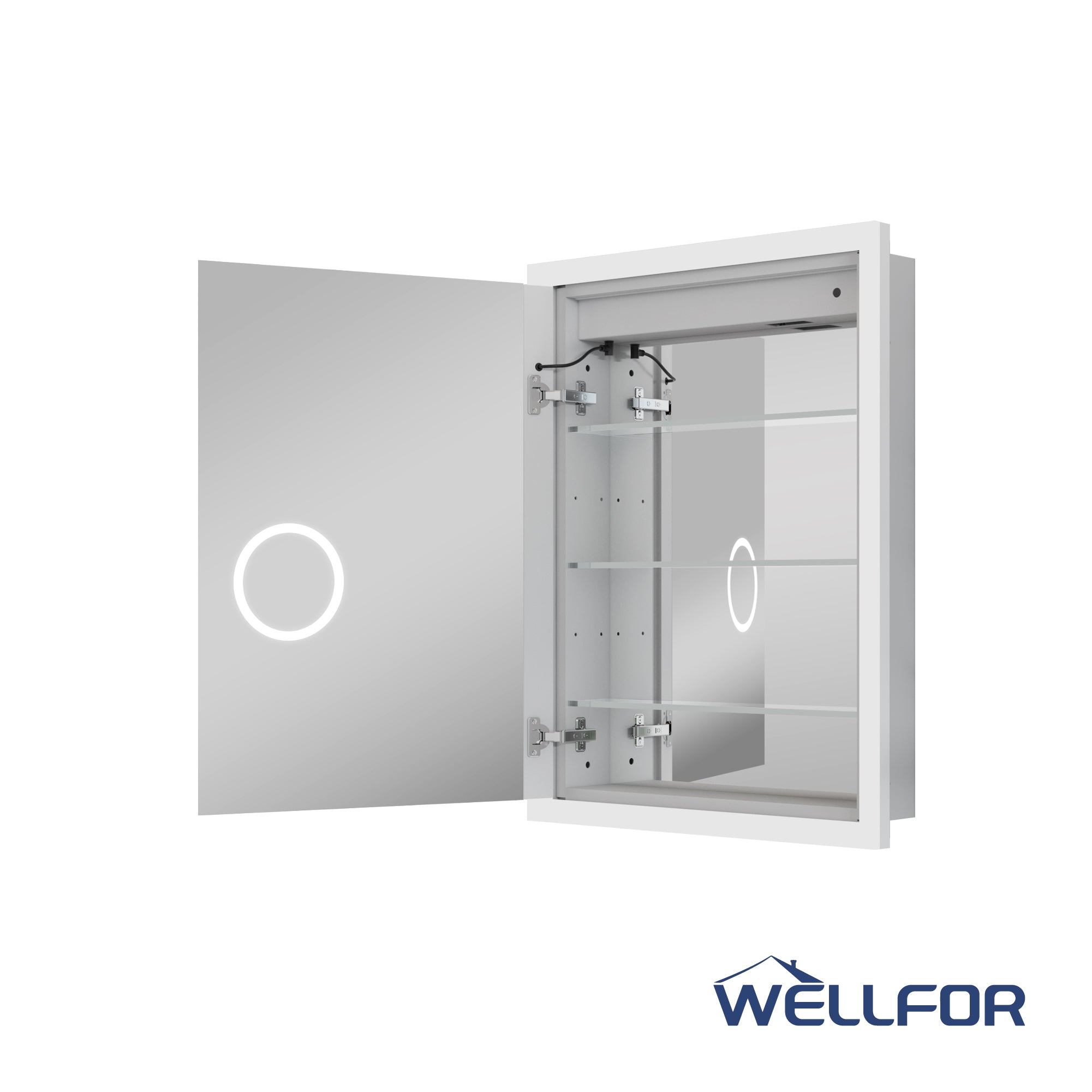
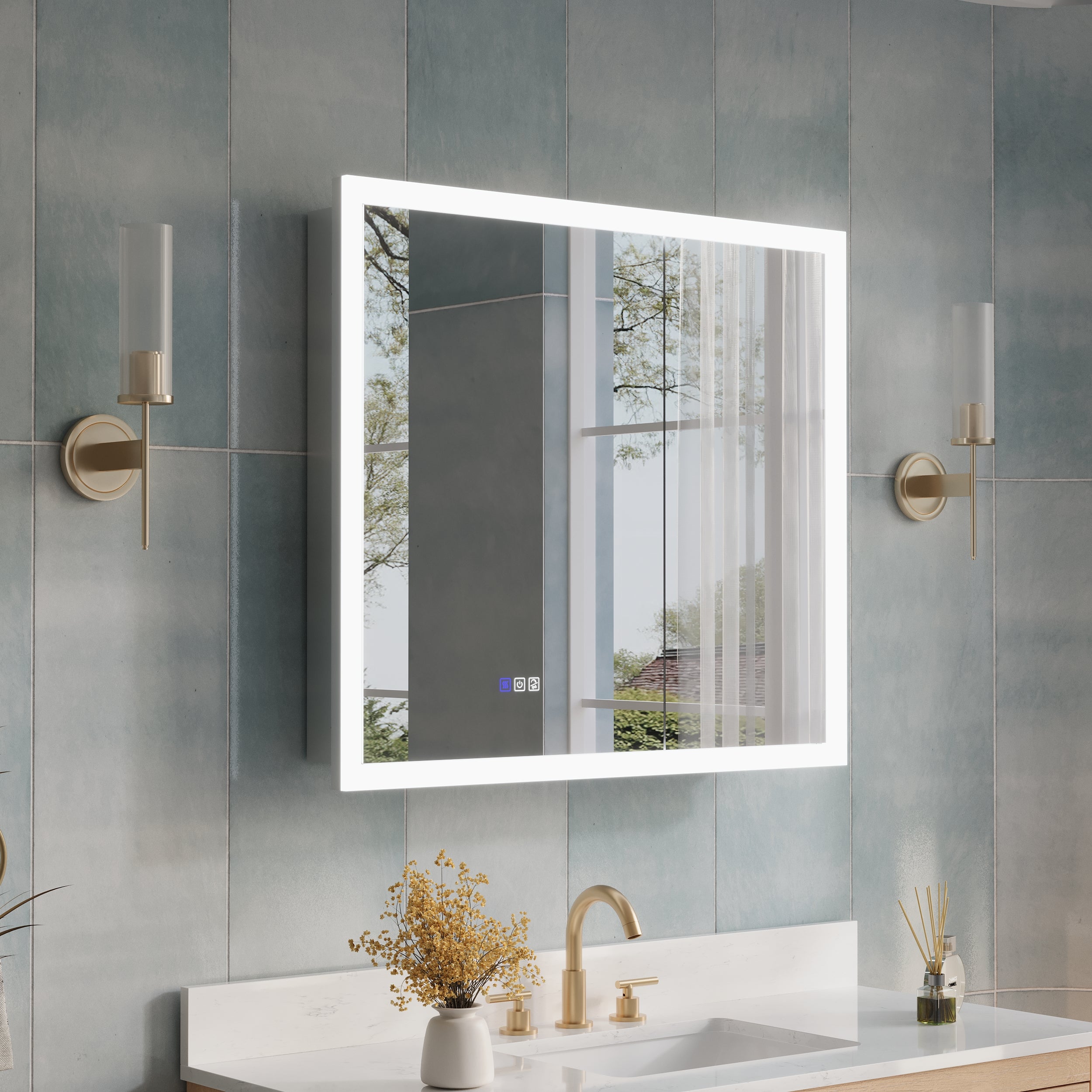




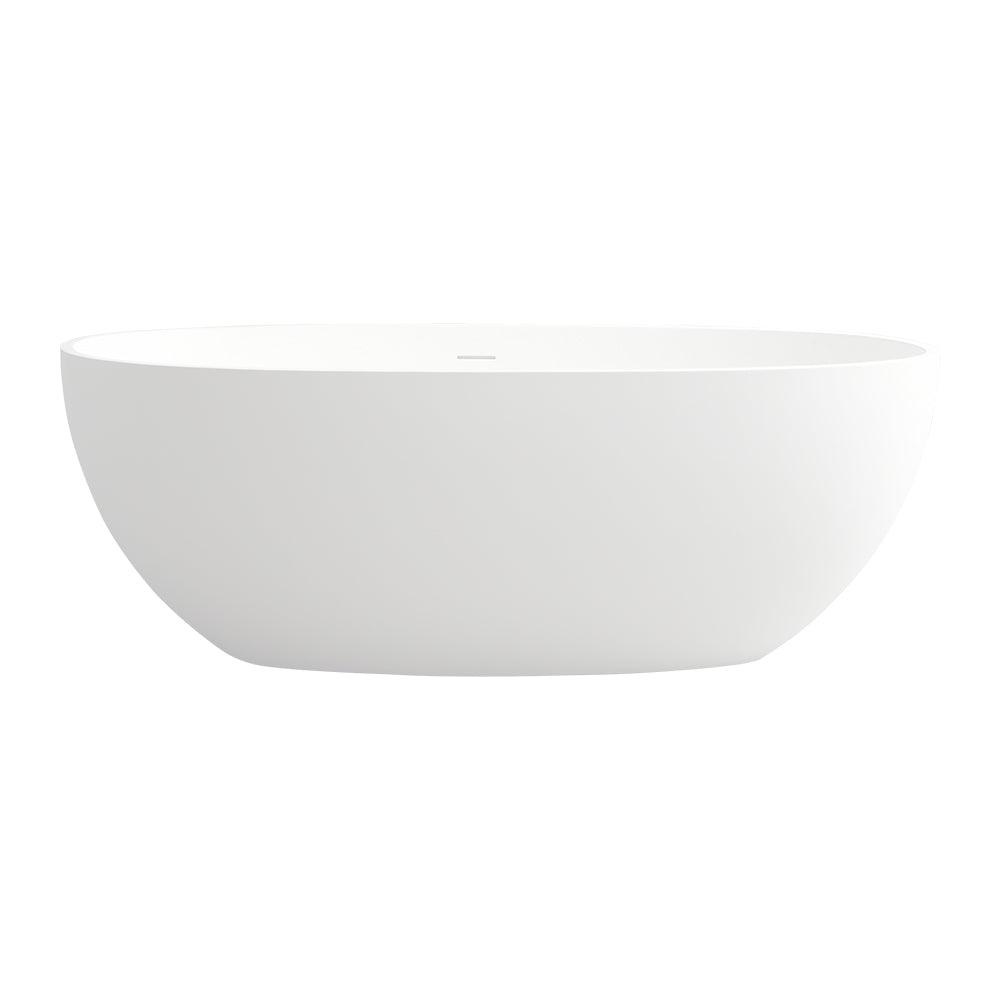
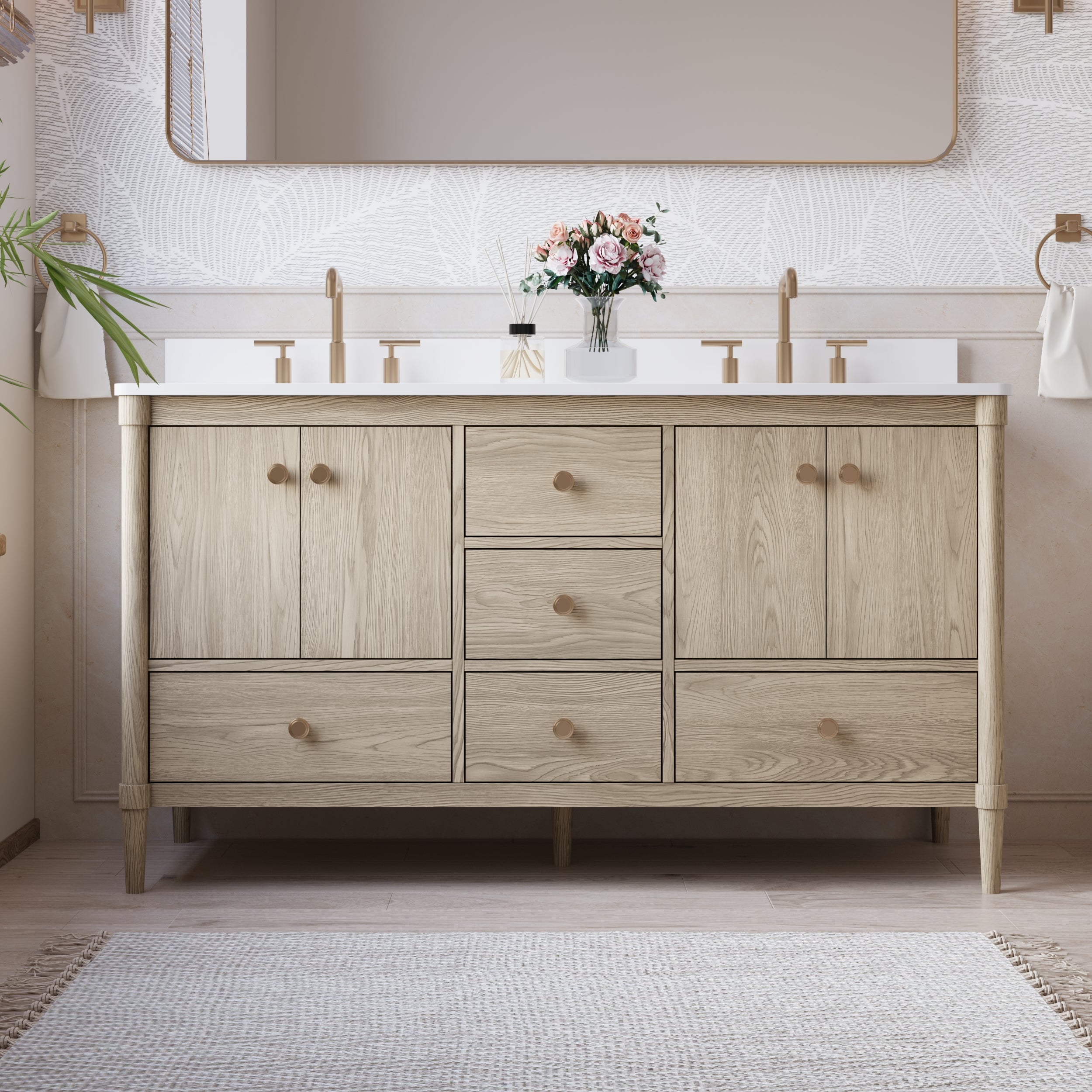
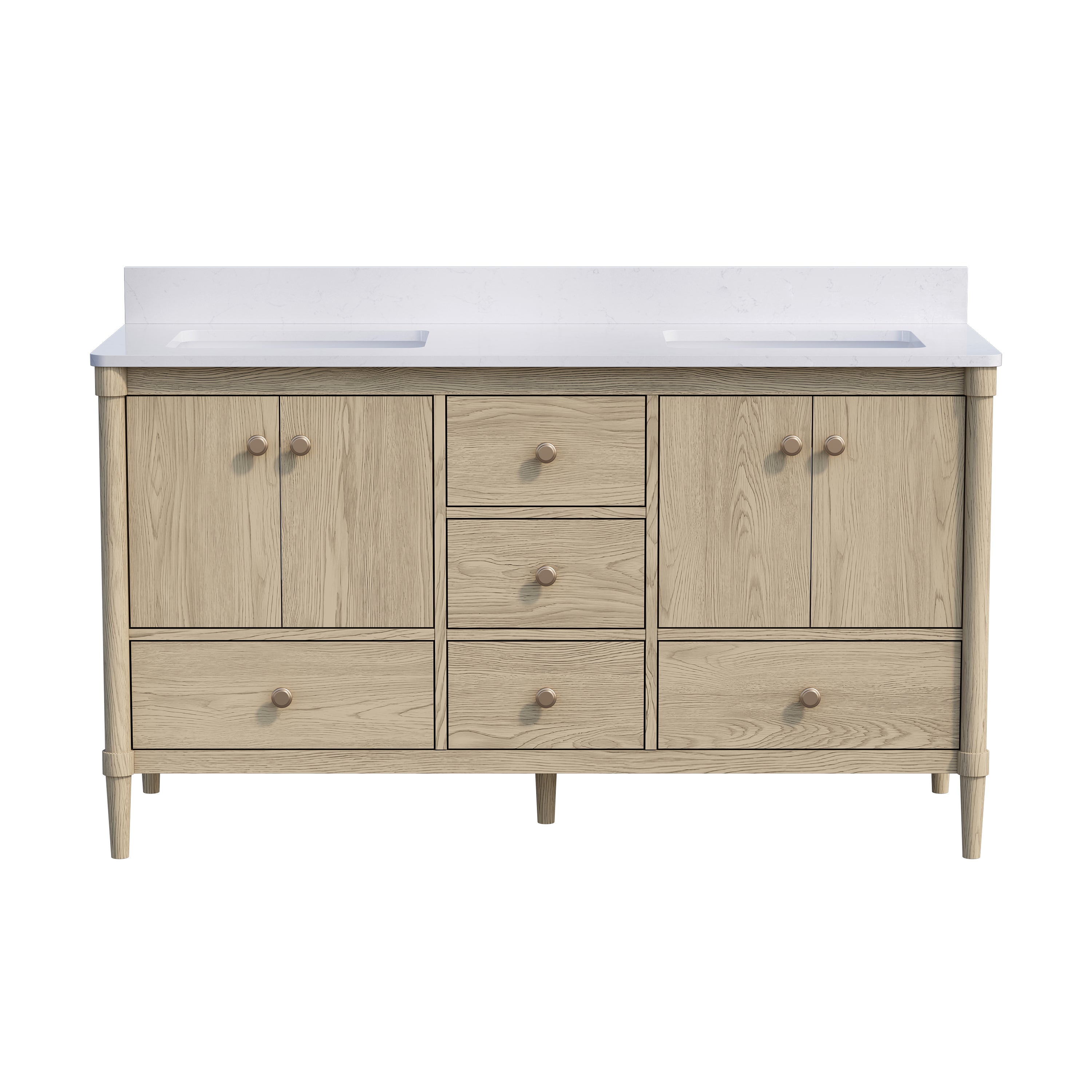
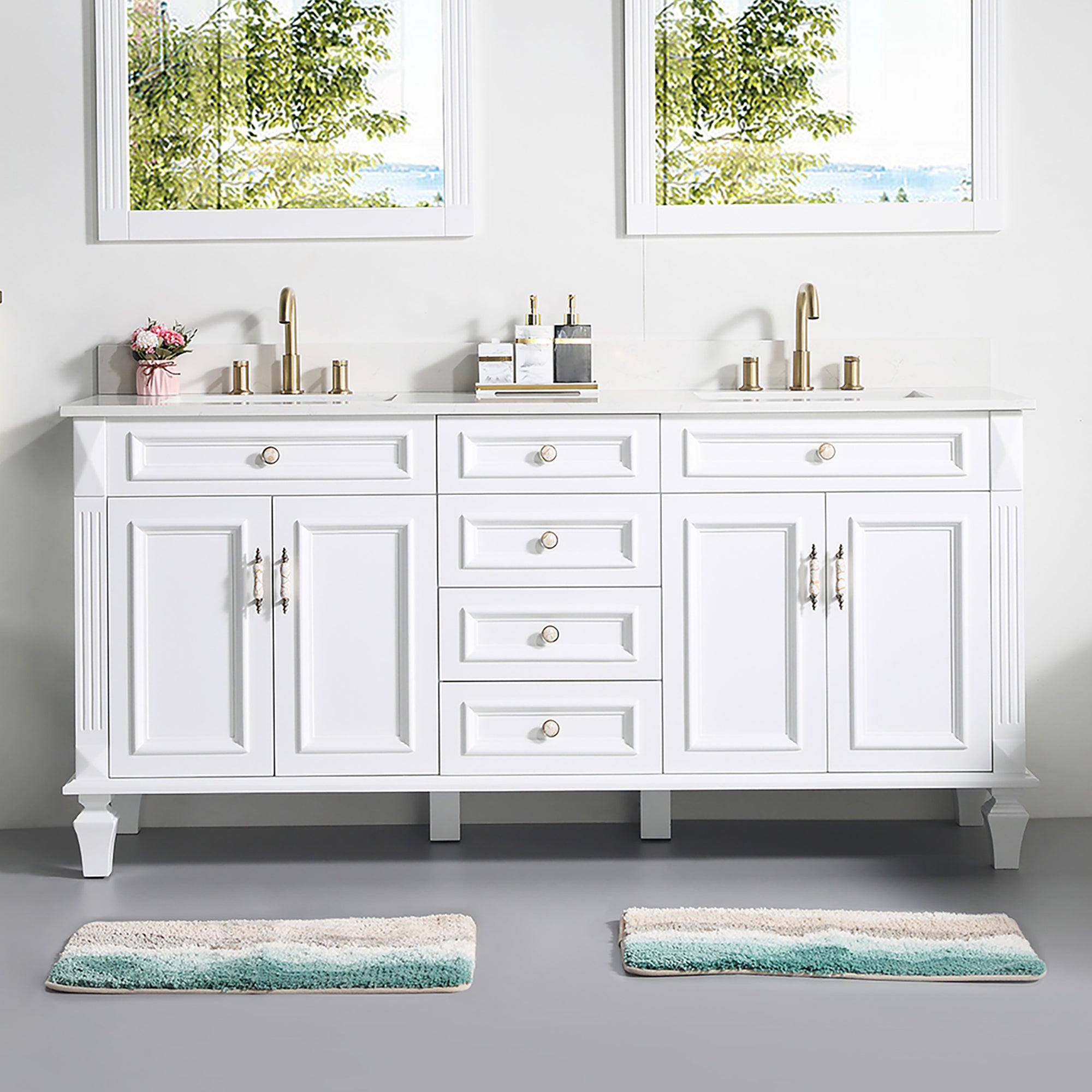

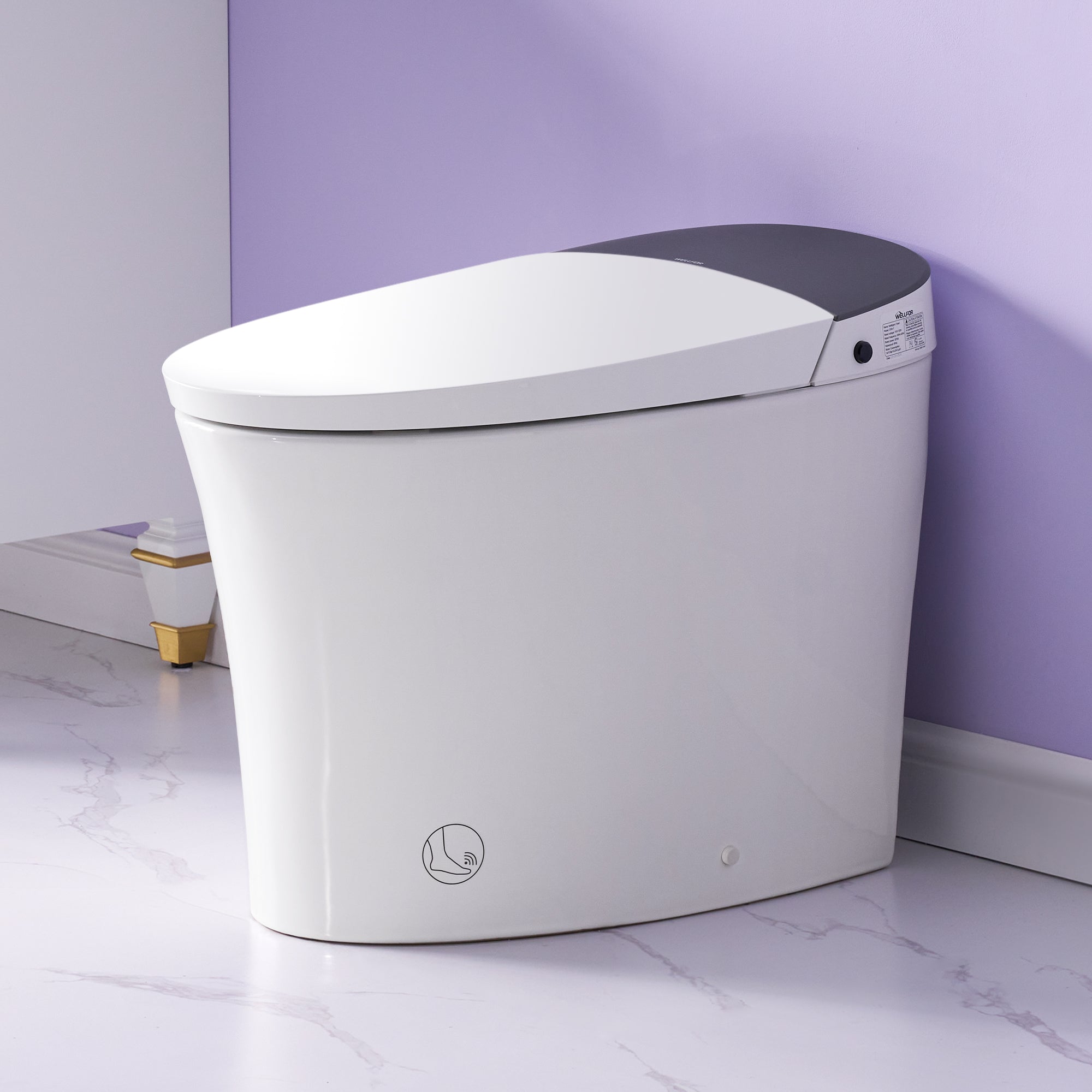
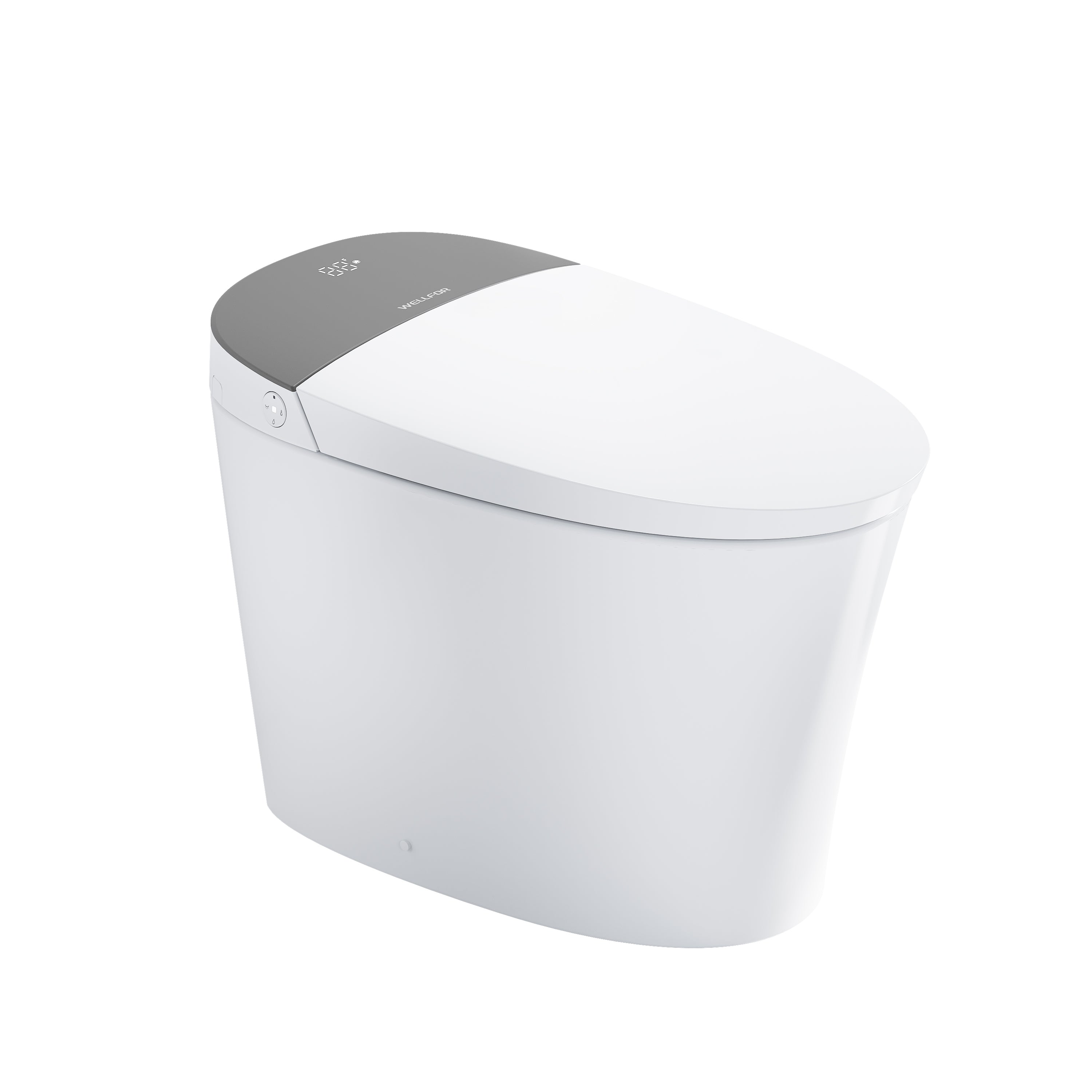

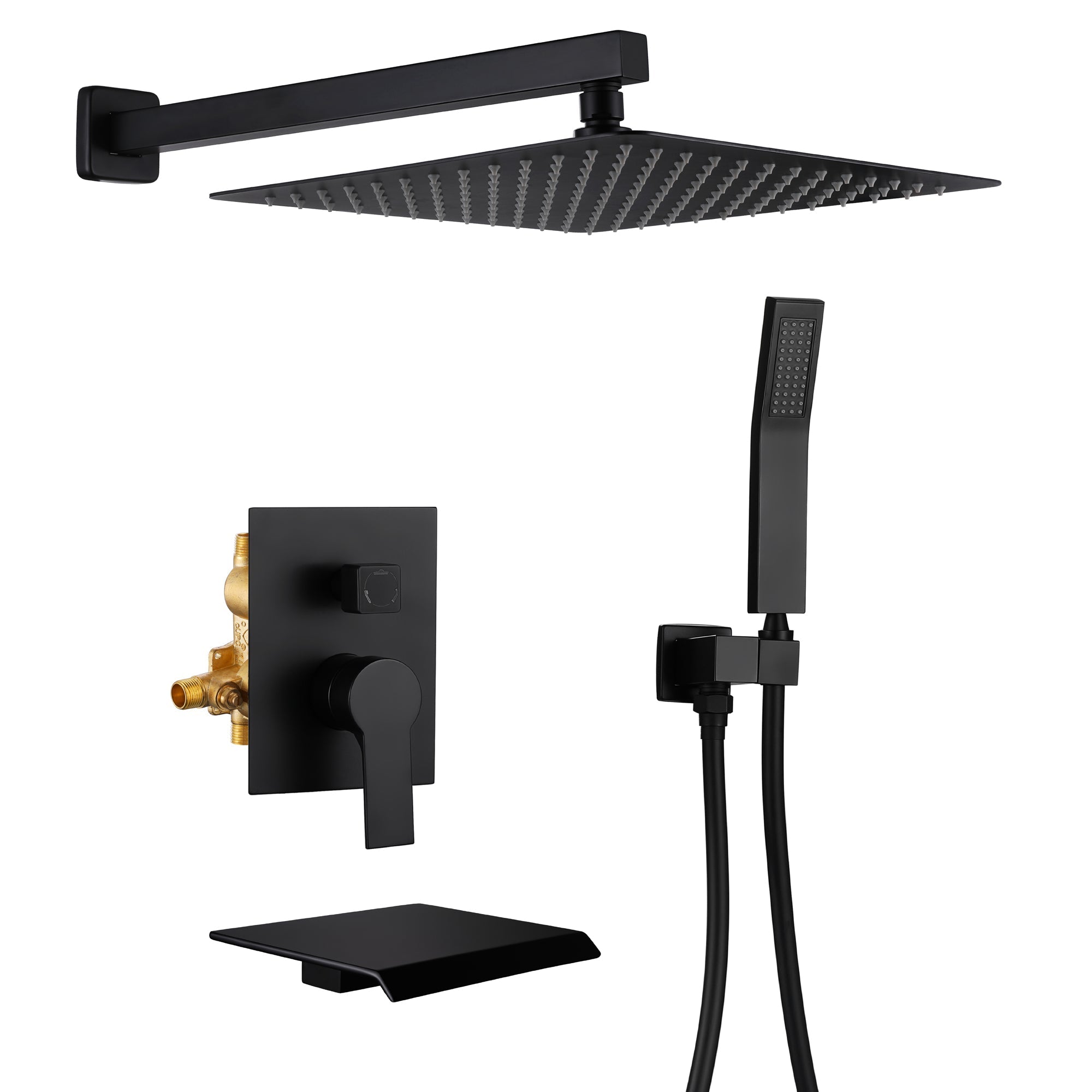
Leave a comment
This site is protected by hCaptcha and the hCaptcha Privacy Policy and Terms of Service apply.